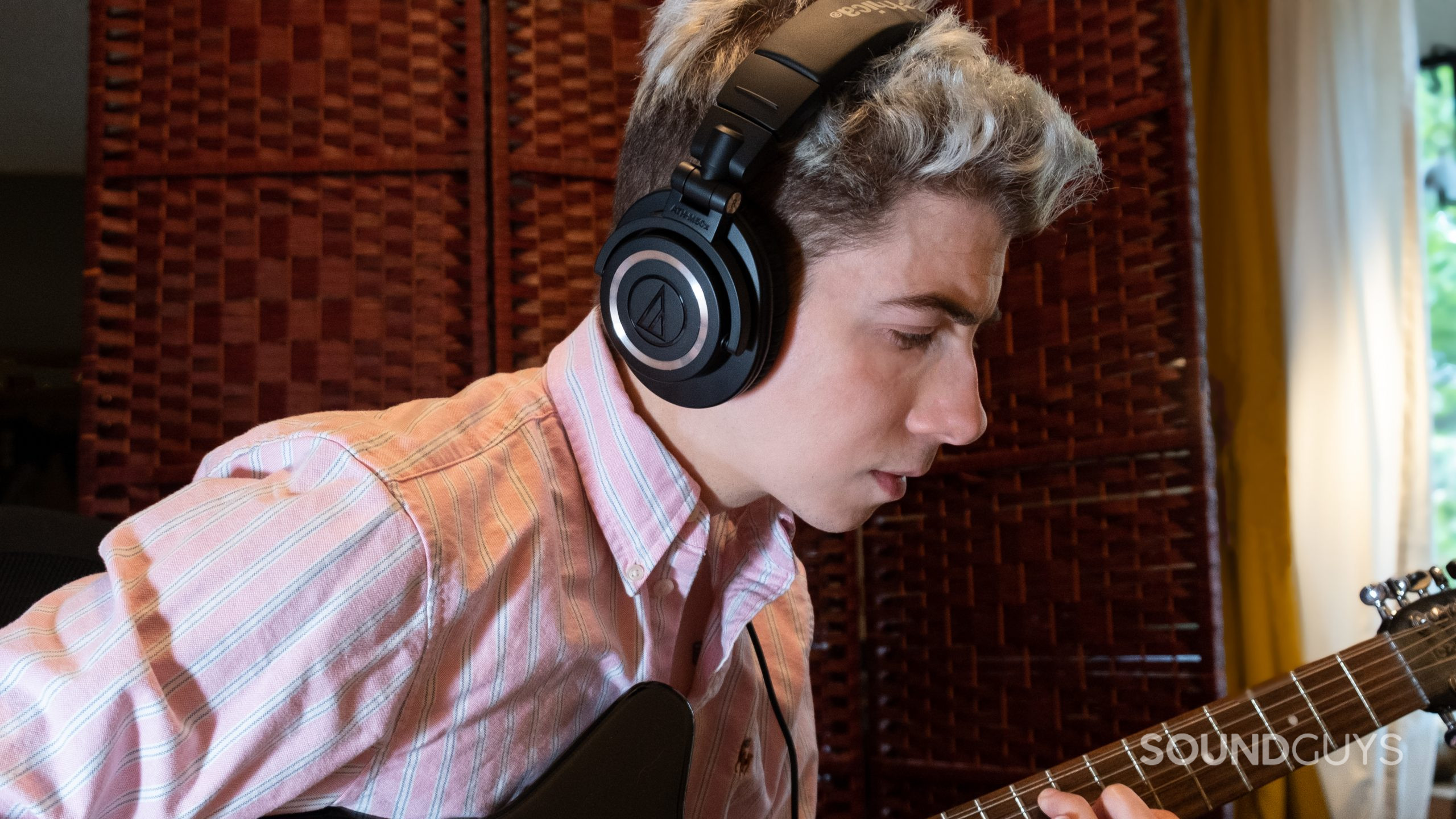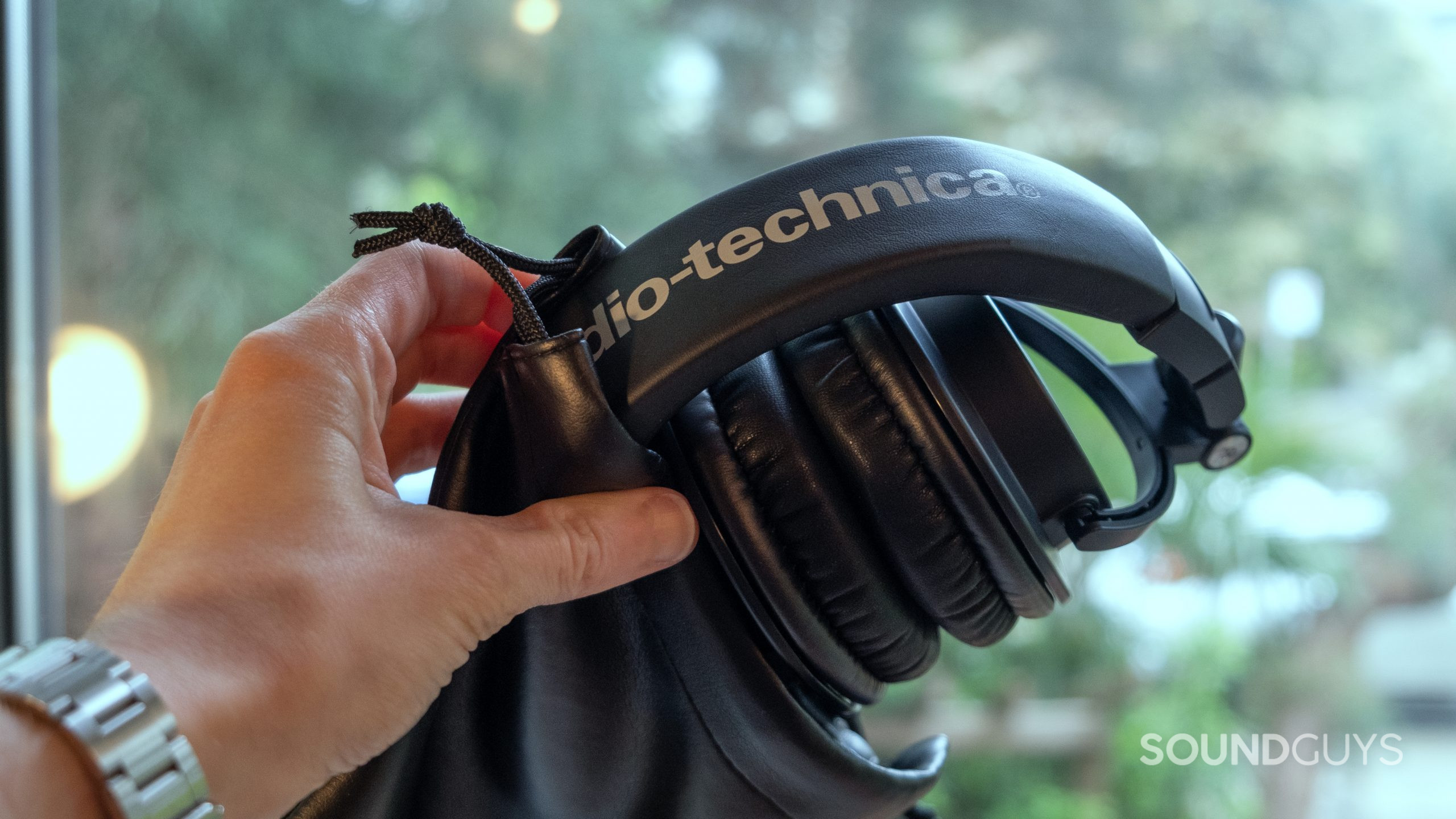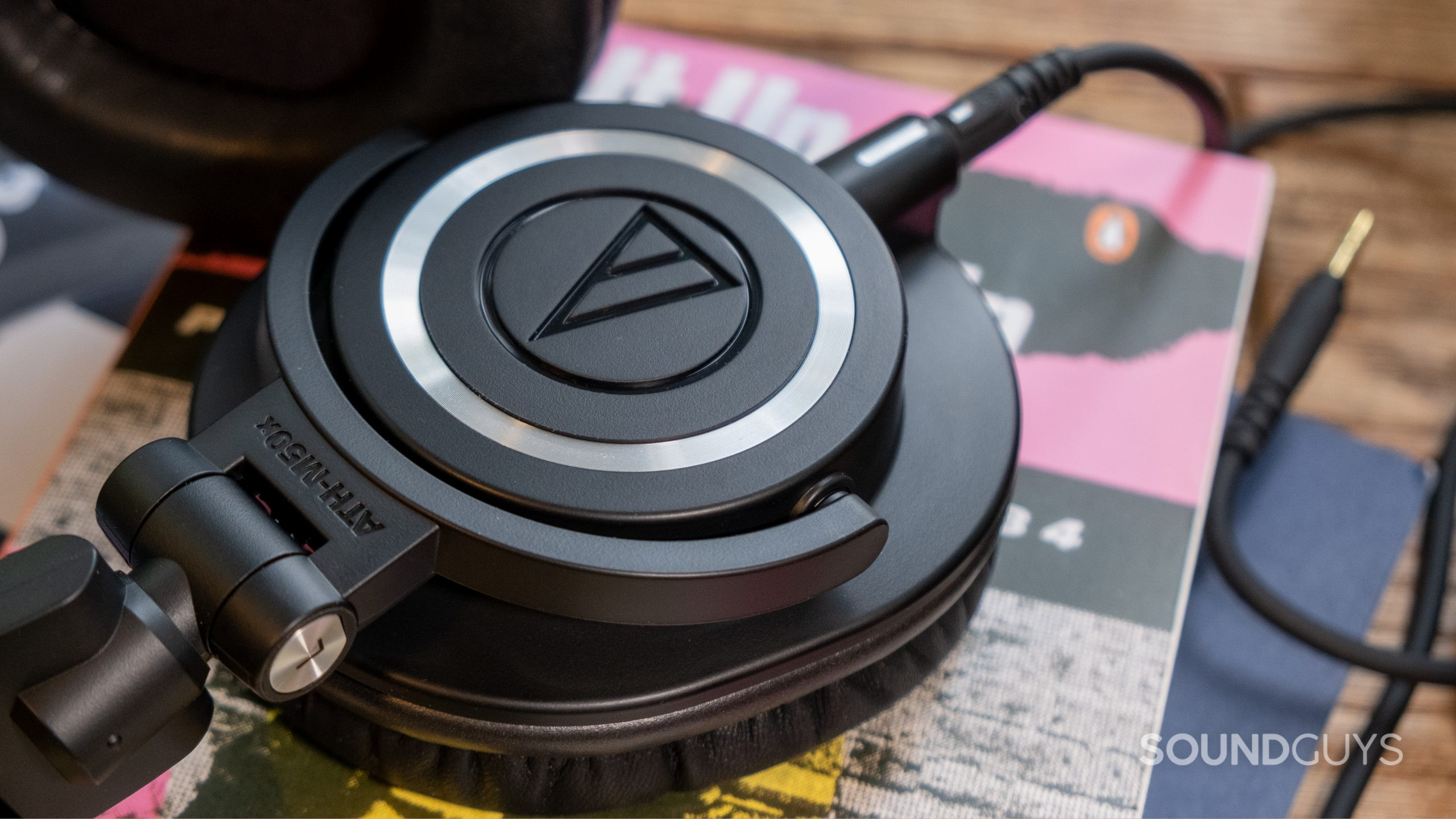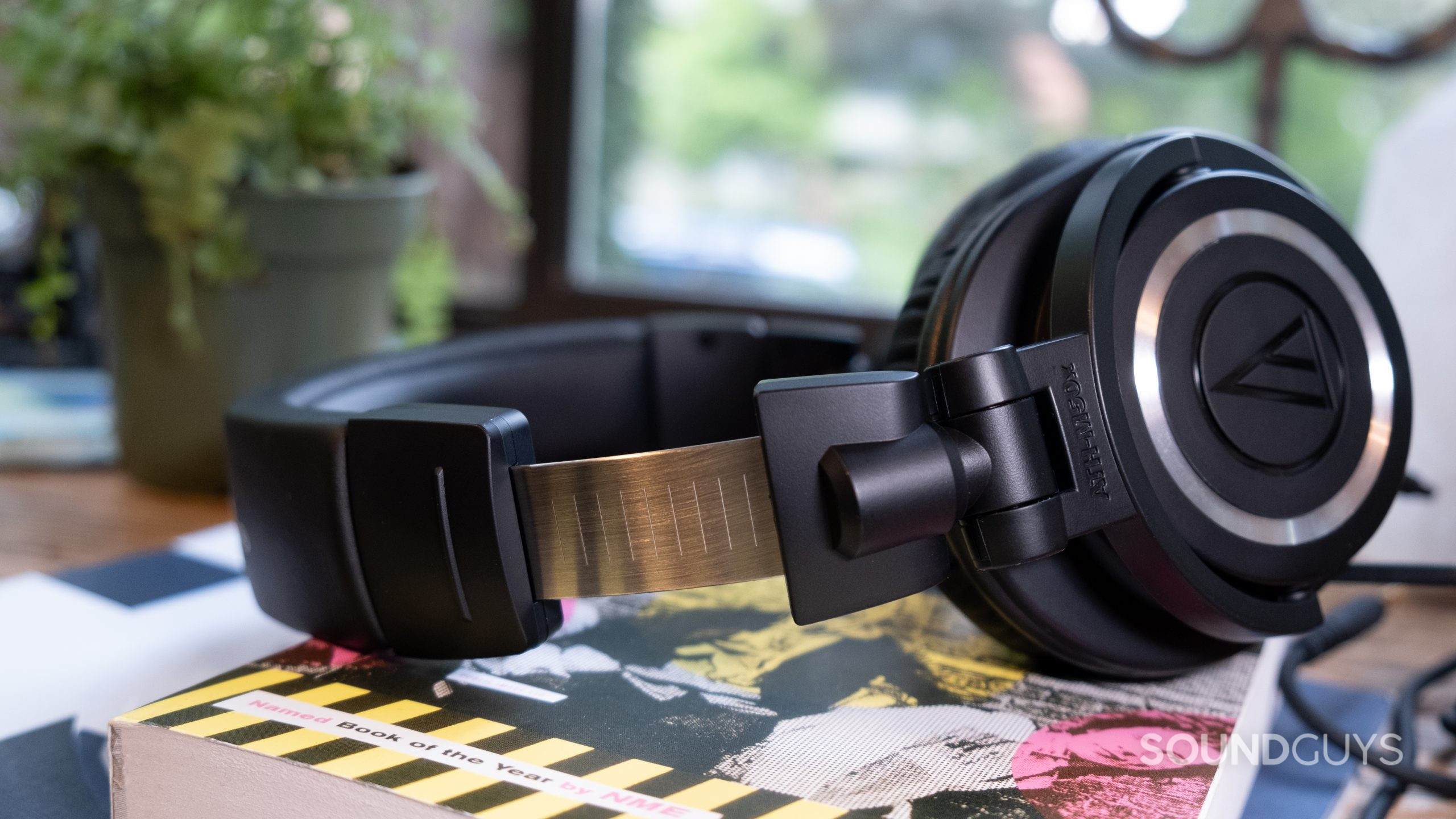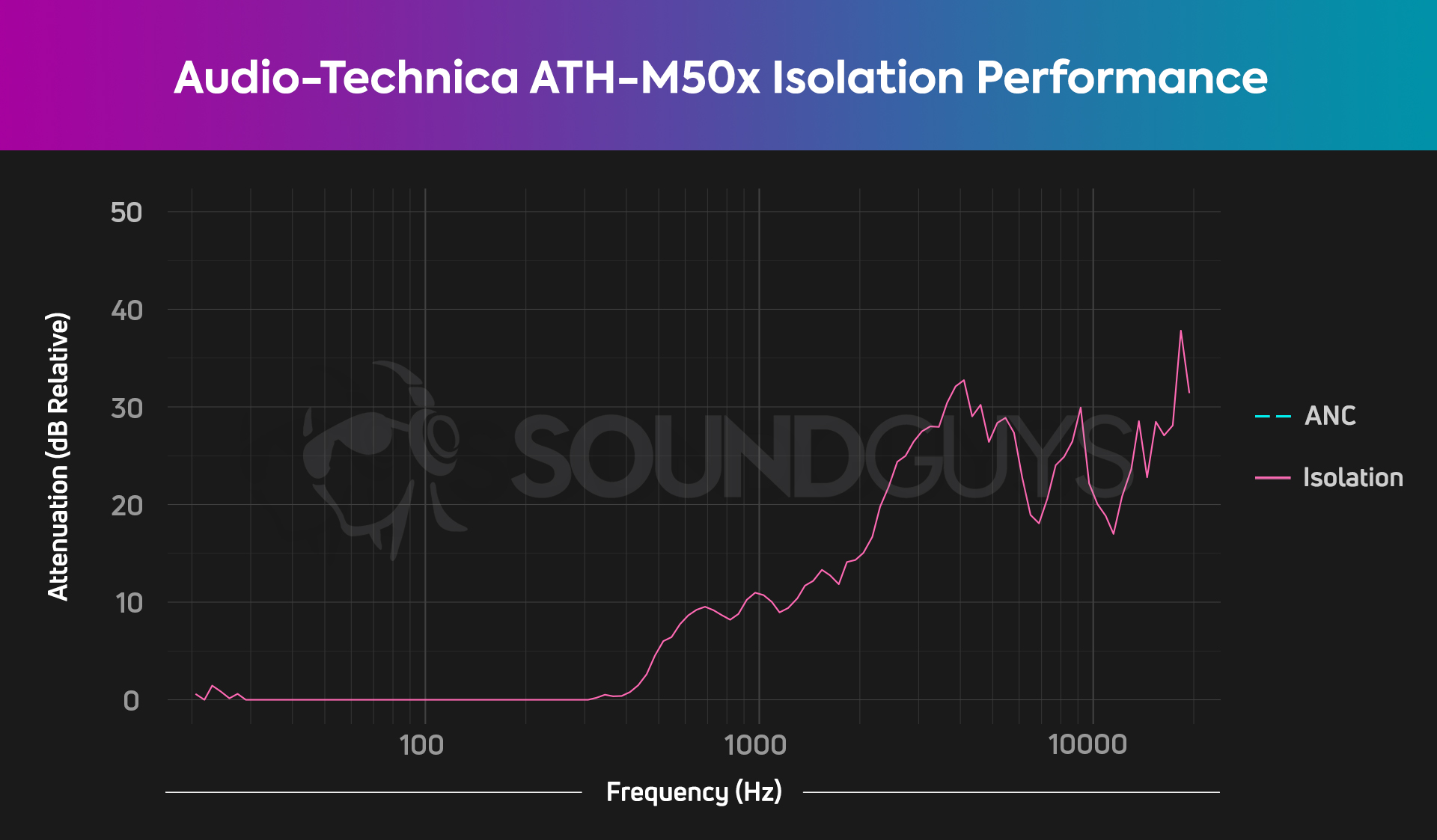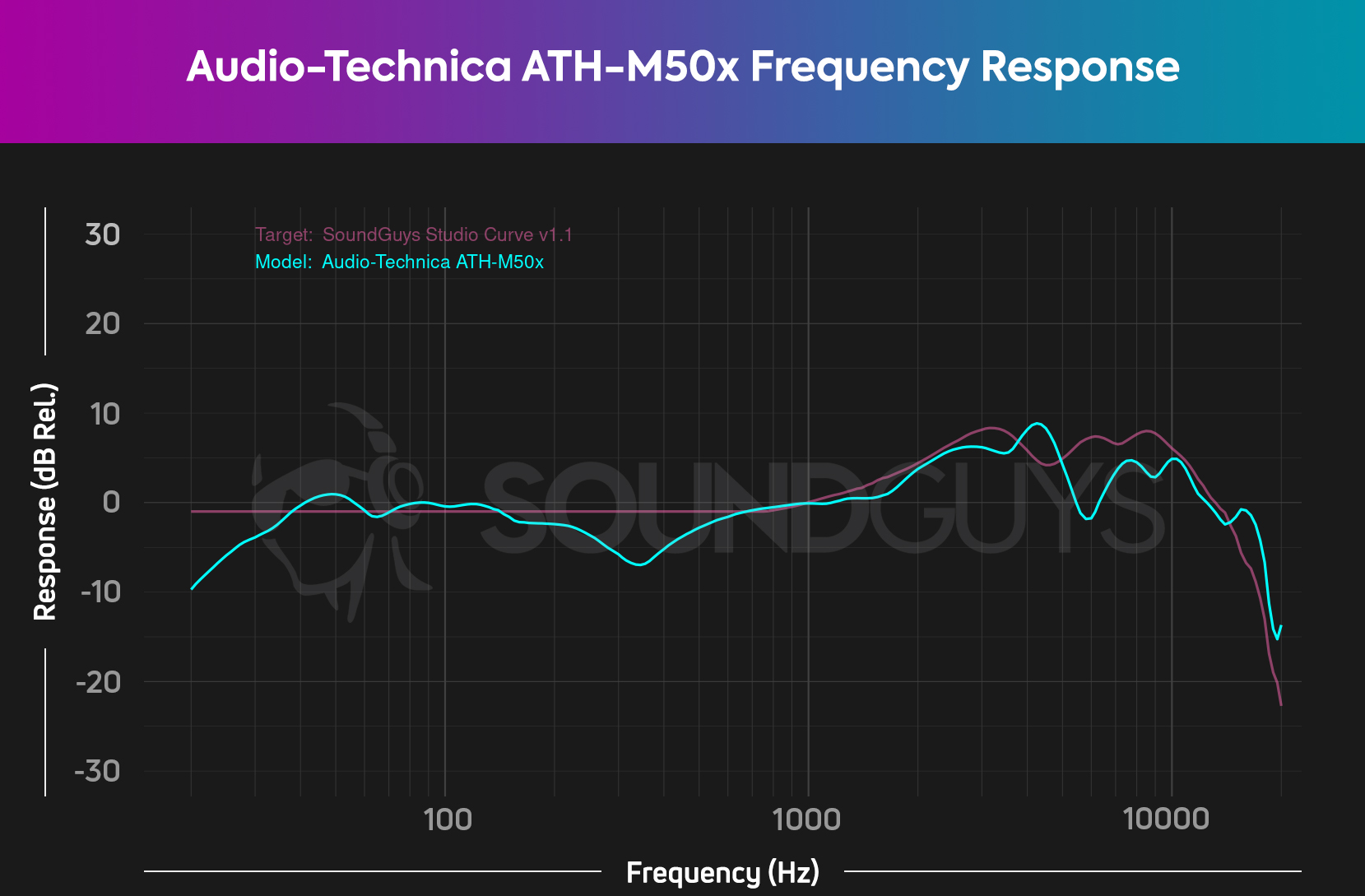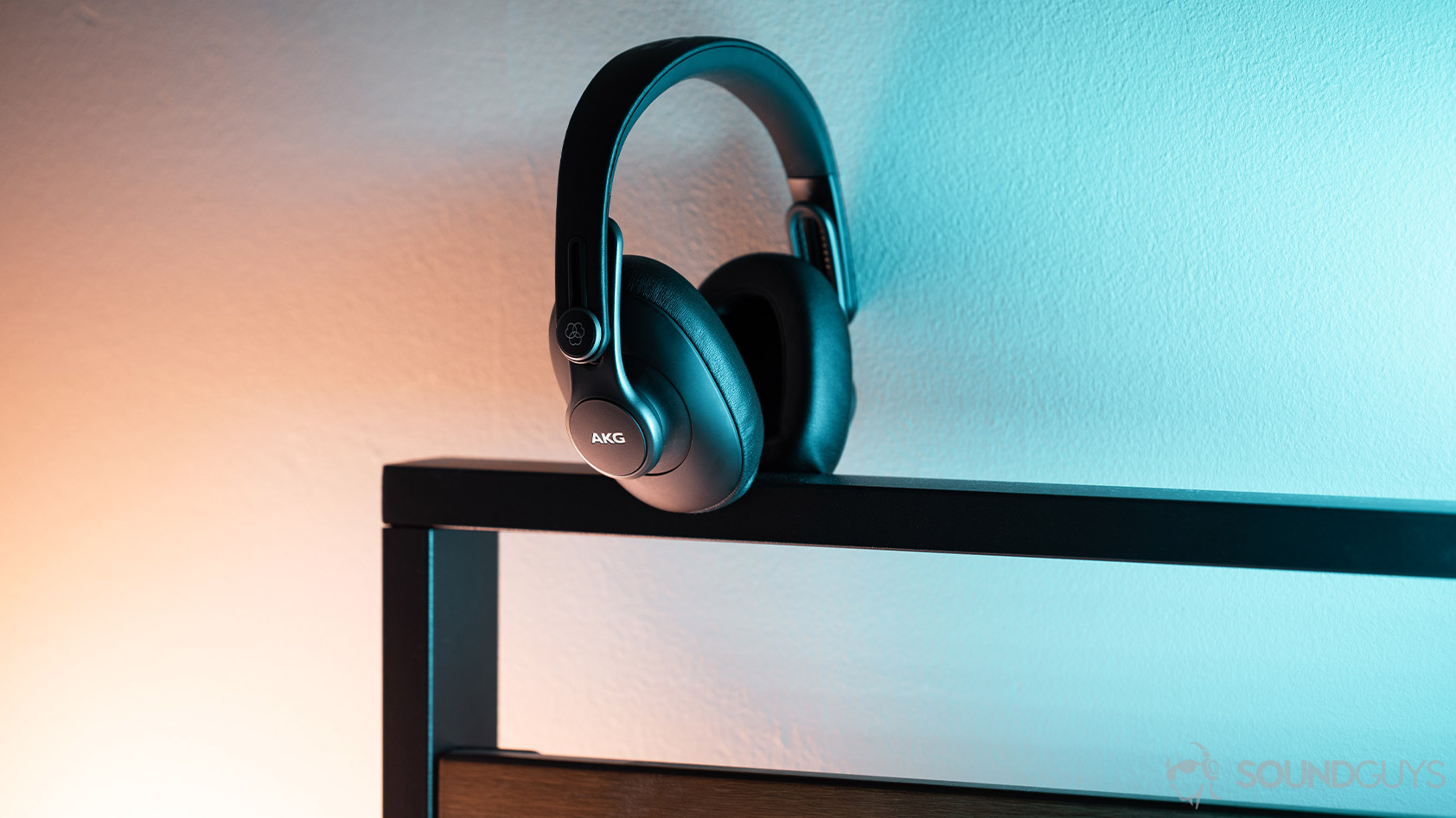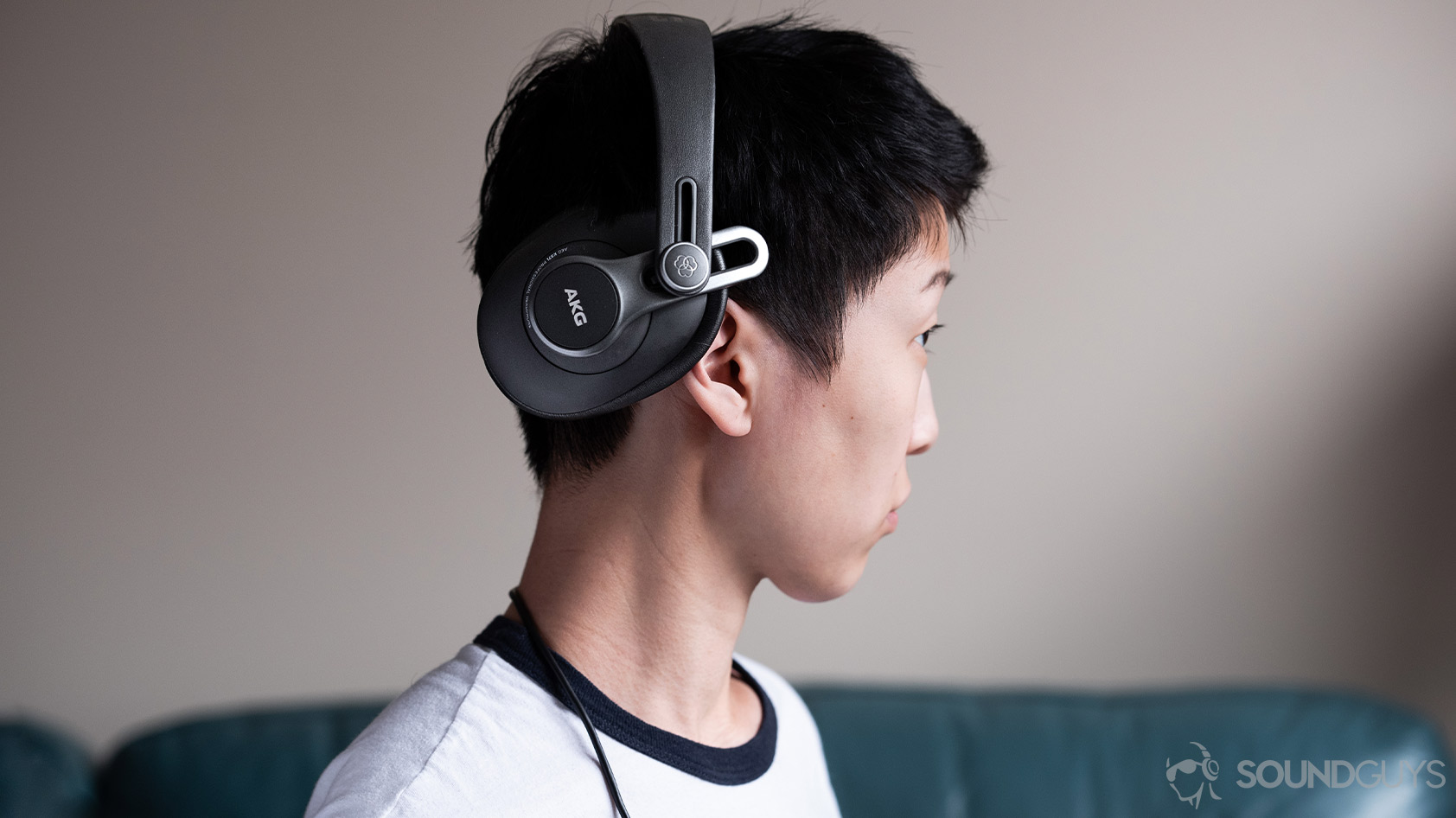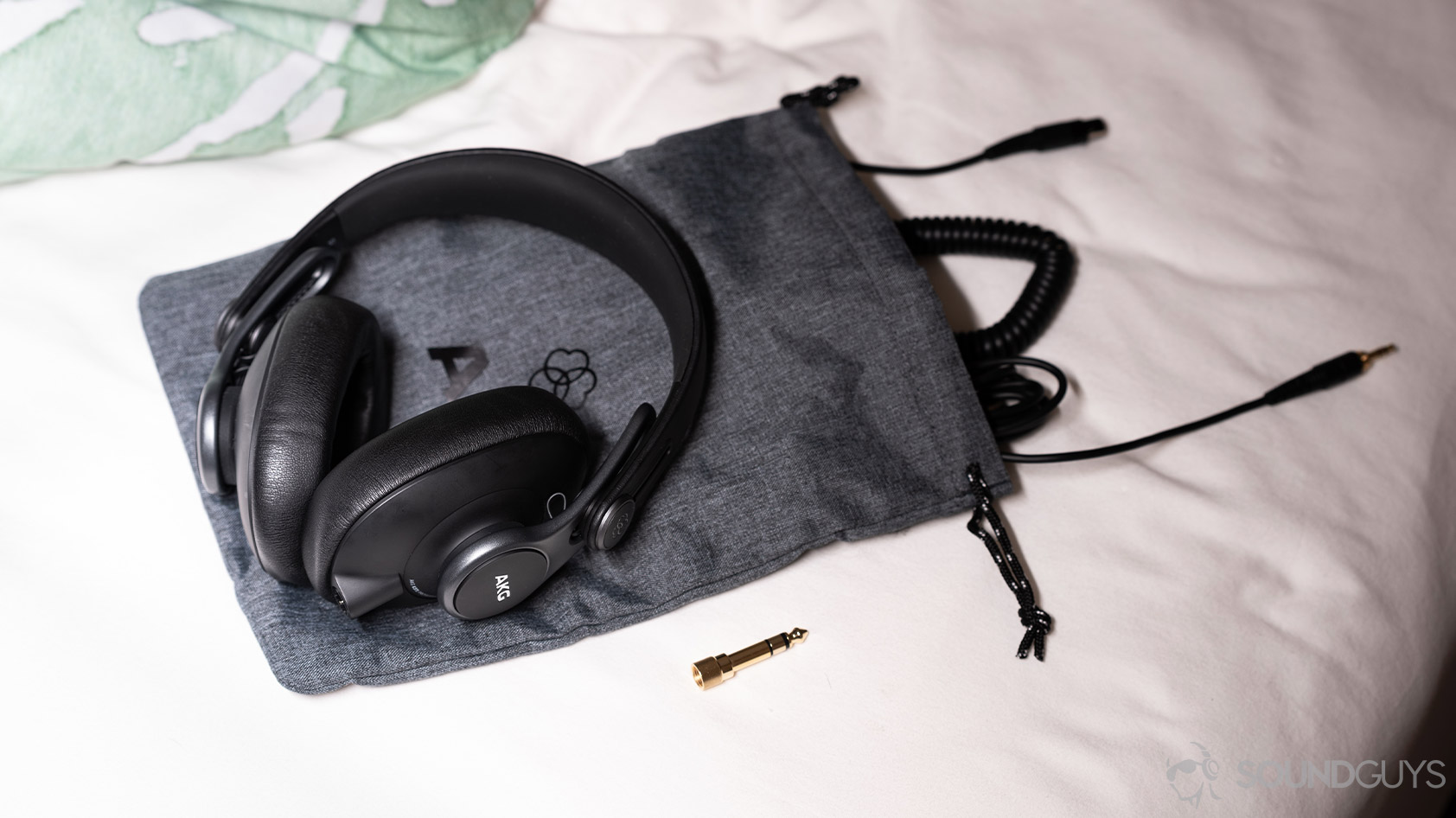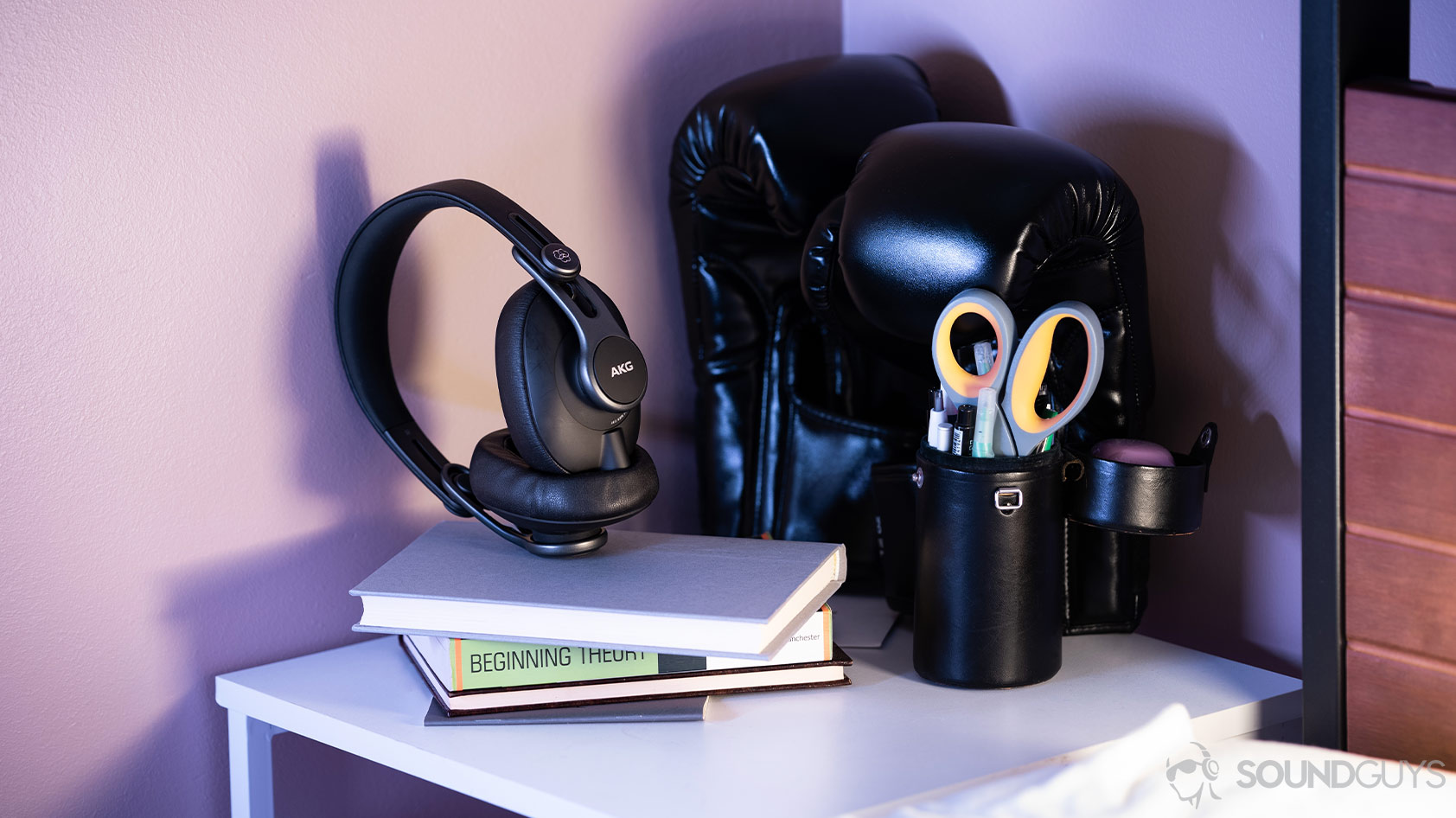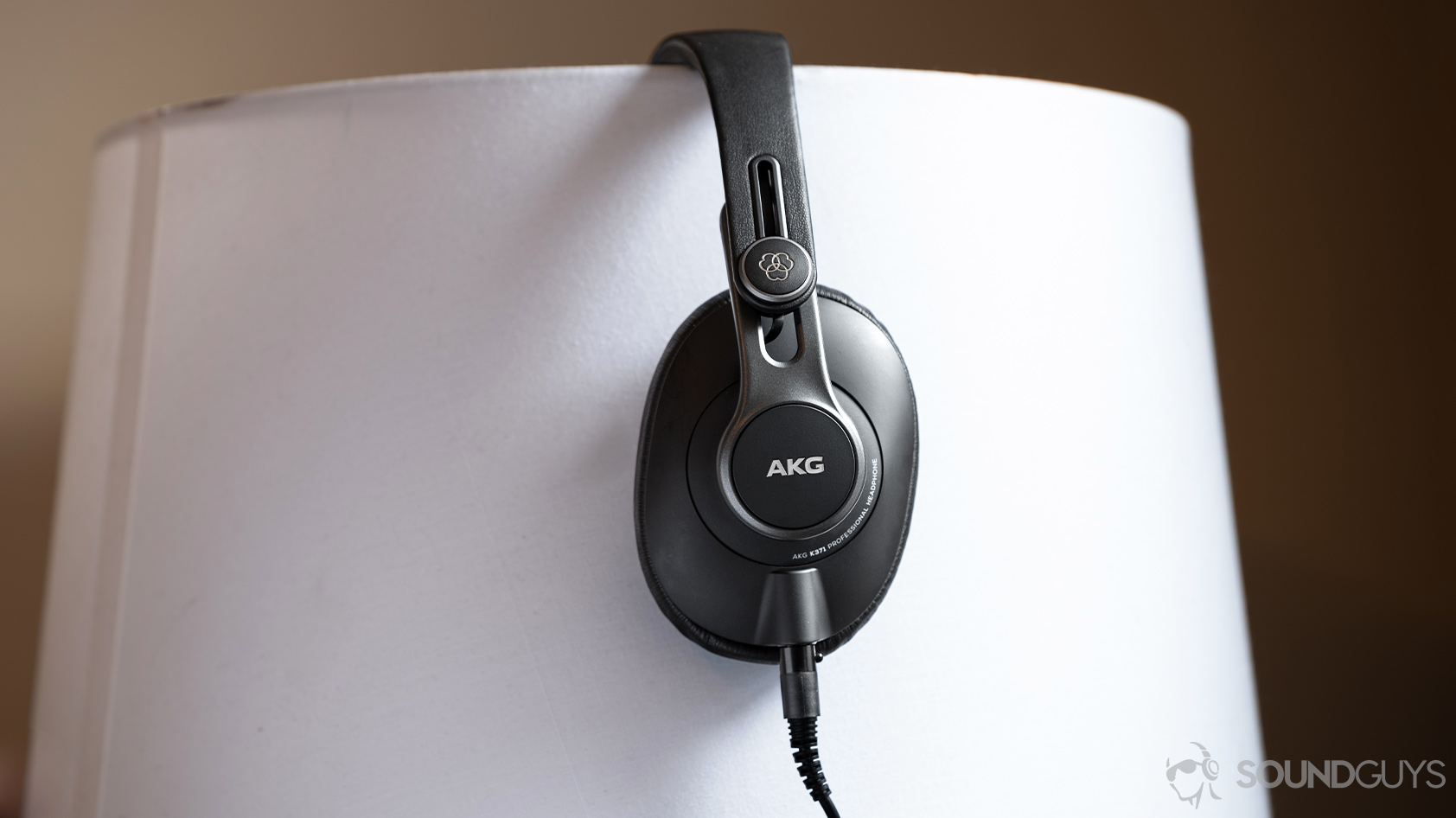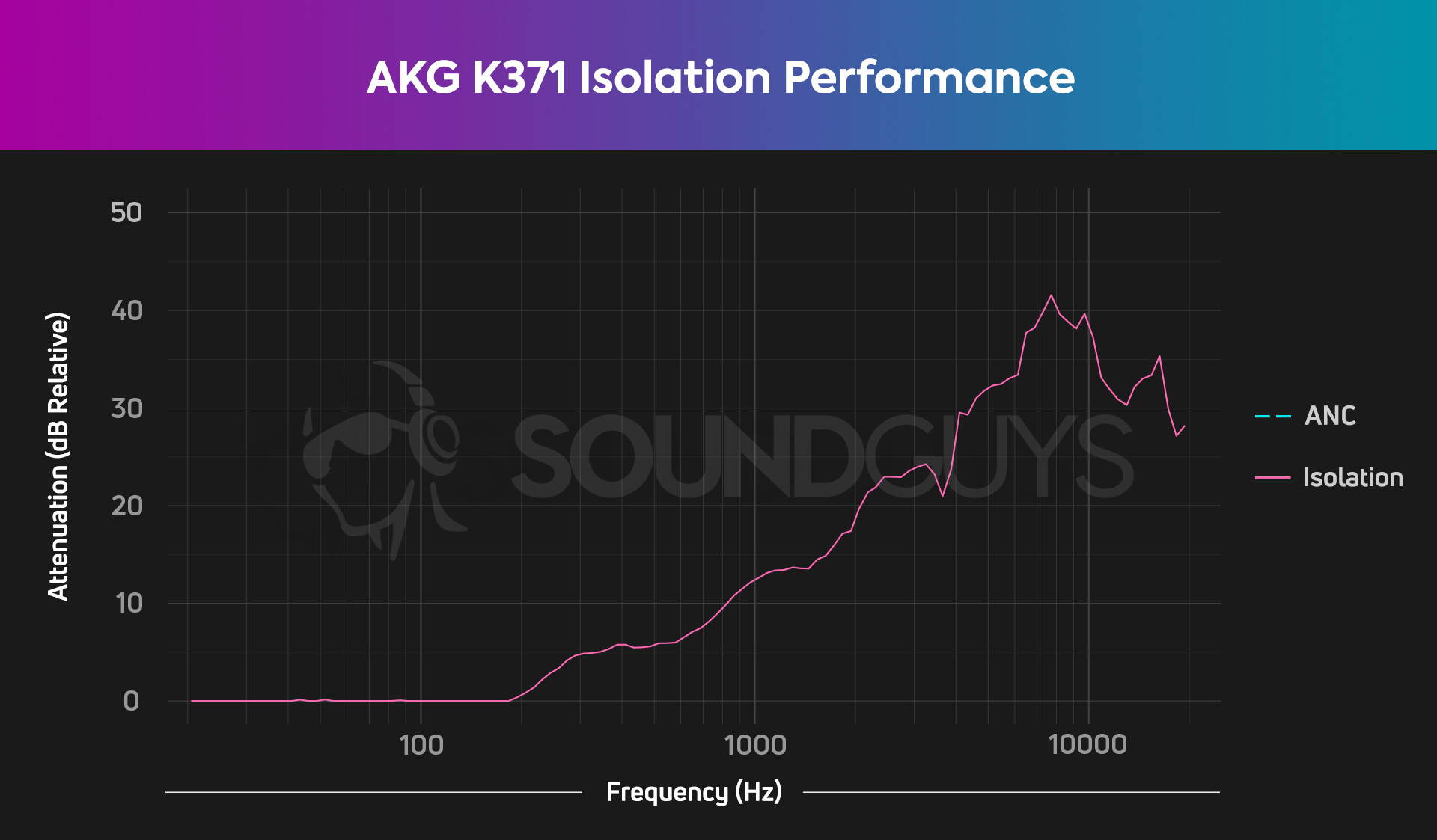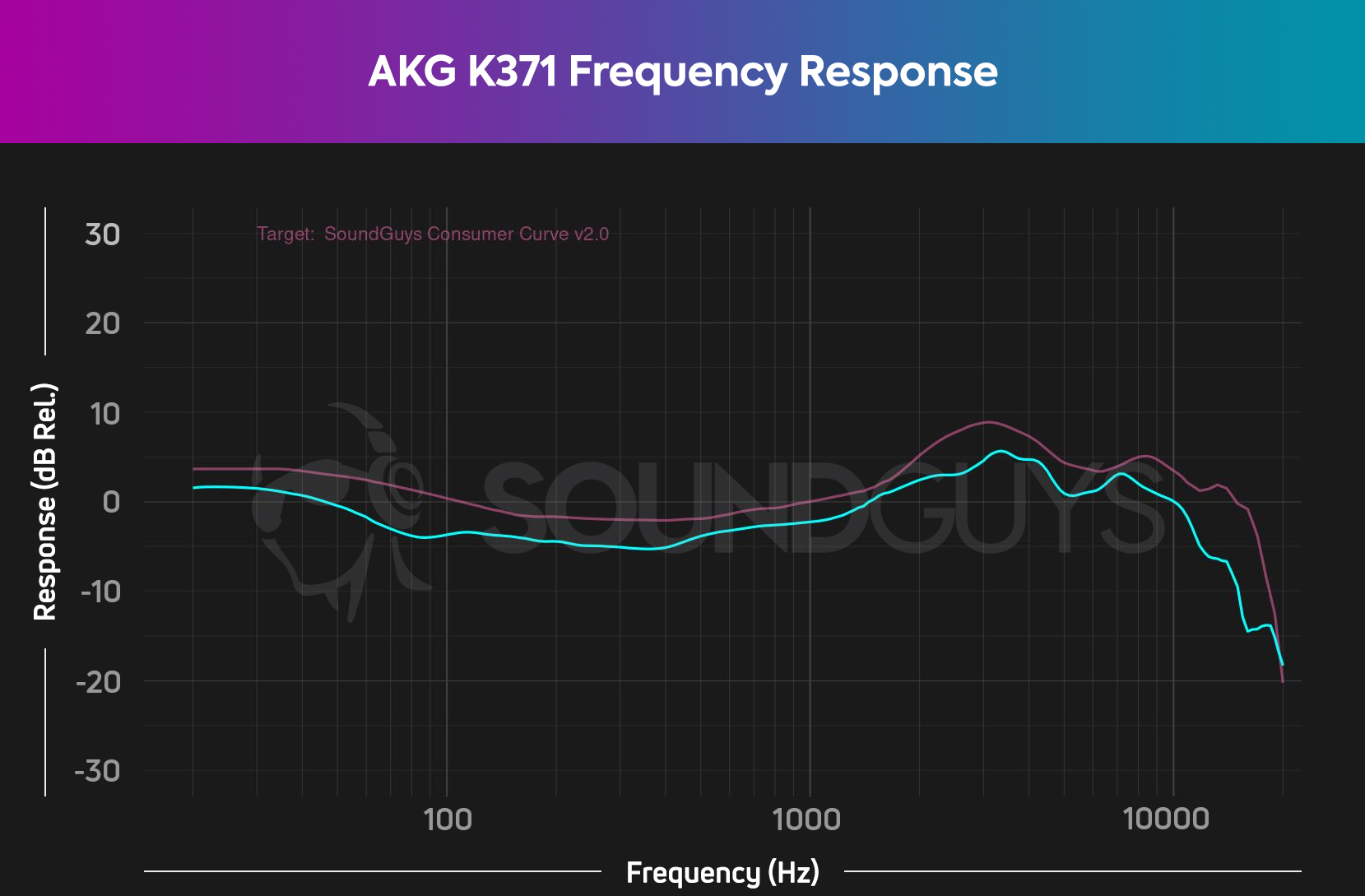Affiliate links on SoundGuys may earn us a commission. Learn more.
Best studio headphones
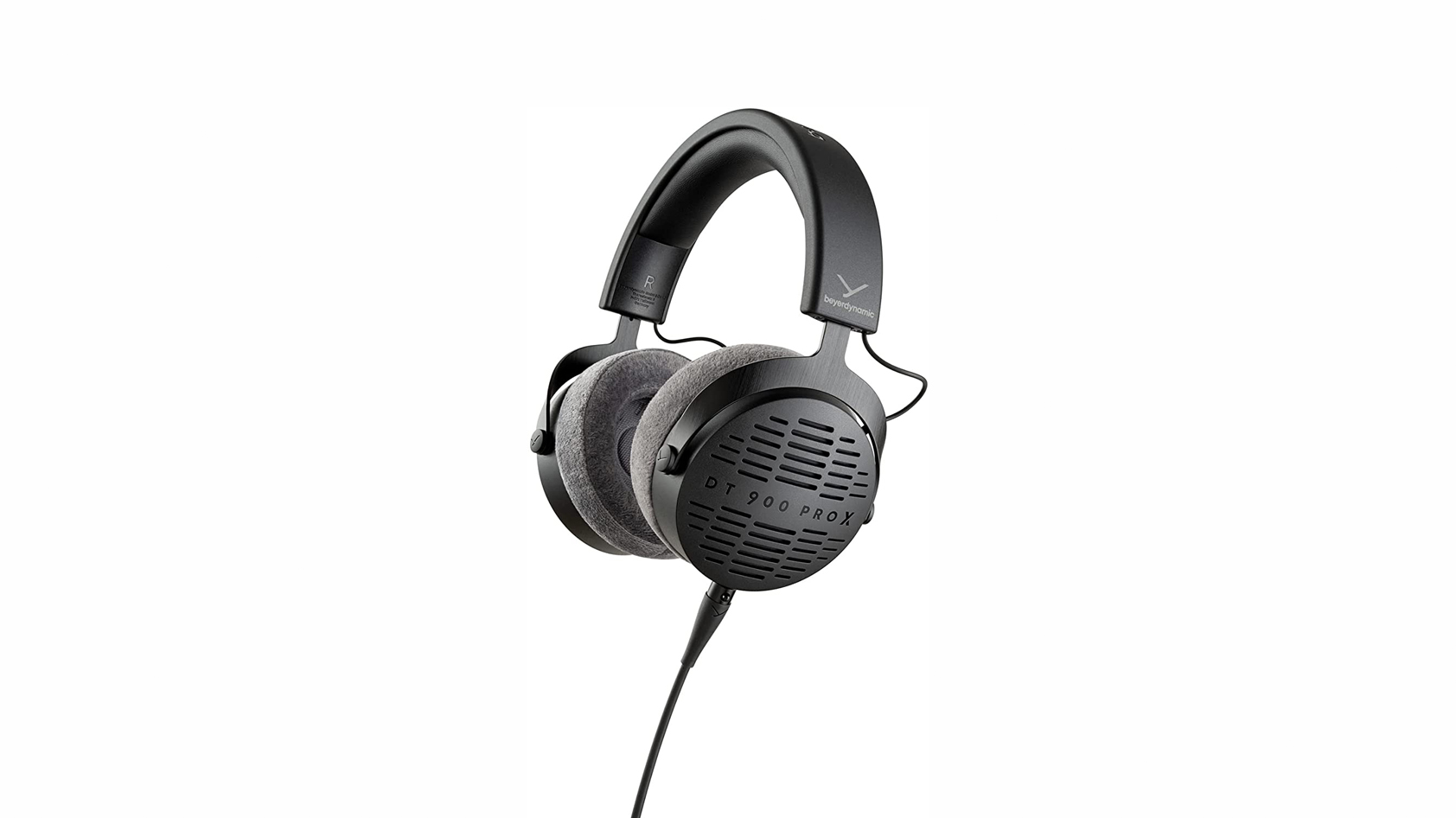
![Sony MDR-7506[2] The Sony MDR-7506 studio headphones against a white background.](https://www.soundguys.com/wp-content/uploads/2015/10/Sony-MDR-75062.jpg)
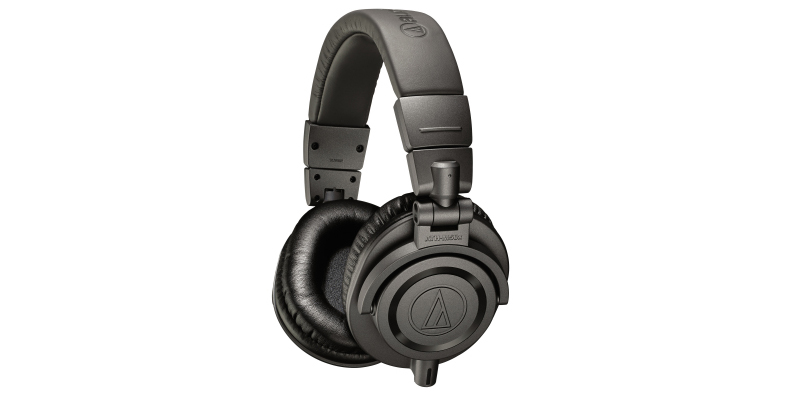
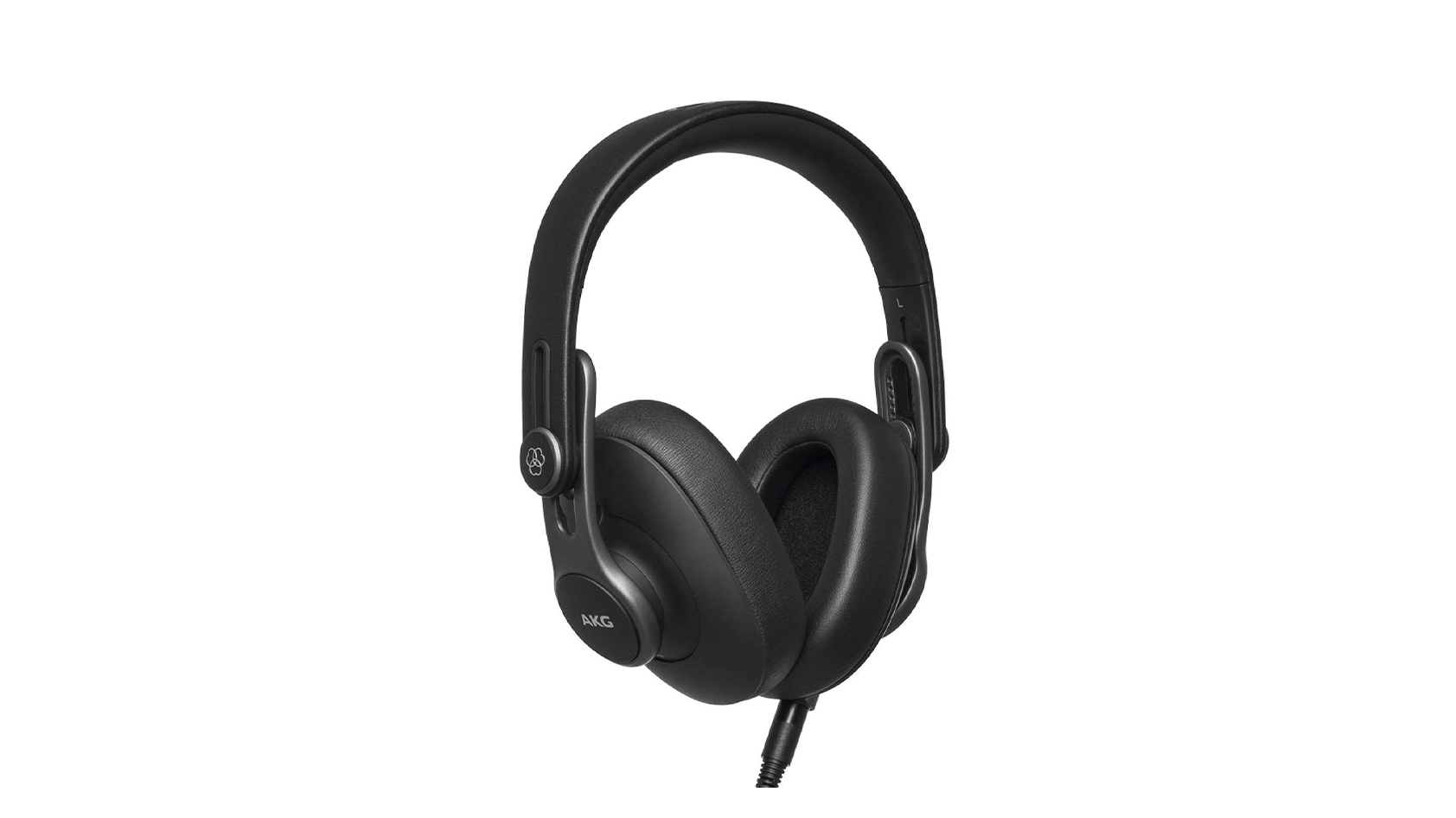
People love music, not headphones. Headphones are just tools that let us listen to music. Whether you’re a professional sound engineer or a musician, you will want to hear your music reproduced accurately. Studio headphones can help you with that.
Editor’s note: this list of the best studio headphones was updated on May 25, 2023, to add more informative links and passages regarding what constitutes good sound.
For our top five picks, you can find the isolation and frequency response charts at the end of each image gallery. You can learn more about how to read our charts here.
Why is the Beyerdynamic DT 900 PRO X the best set of studio headphones?
The Beyerdynamic PRO X series caters to the modern creator with a low 48Ω impedance and comfortable build. The Beyerdynamic DT 900 PRO X has an open-back design, and all of the parts are easy to replace without the need for tools. This is a great pick for engineers who want to focus on production and can’t afford to get bogged down with difficult repairs.
If you’ve used a set of over-ear Beyerdynamic headphones before, you’ll feel right at home with the DT 900 PRO X and its plush ear pads. A mini-XLR input sits on the left ear cup, and the included cable locks into place.
Since this is an open-back headset, its utility is a bit limited. You’ll hear everything gone around you should you choose to take it on a stroll. But hey, that’s unlikely anyway since this is built for studio use. When you do get the headset into a quiet environment, you’ll enjoy excellent audio reproduction with consistent volume output from the bass and mids. There’s a 5dB boost relative to our house curve, from 4-7kHz, but that can make it easier to hear string attacks during a particularly busy part of a song. This isn’t always ideal when mixing audio, so you can always EQ it down on via a desktop application.
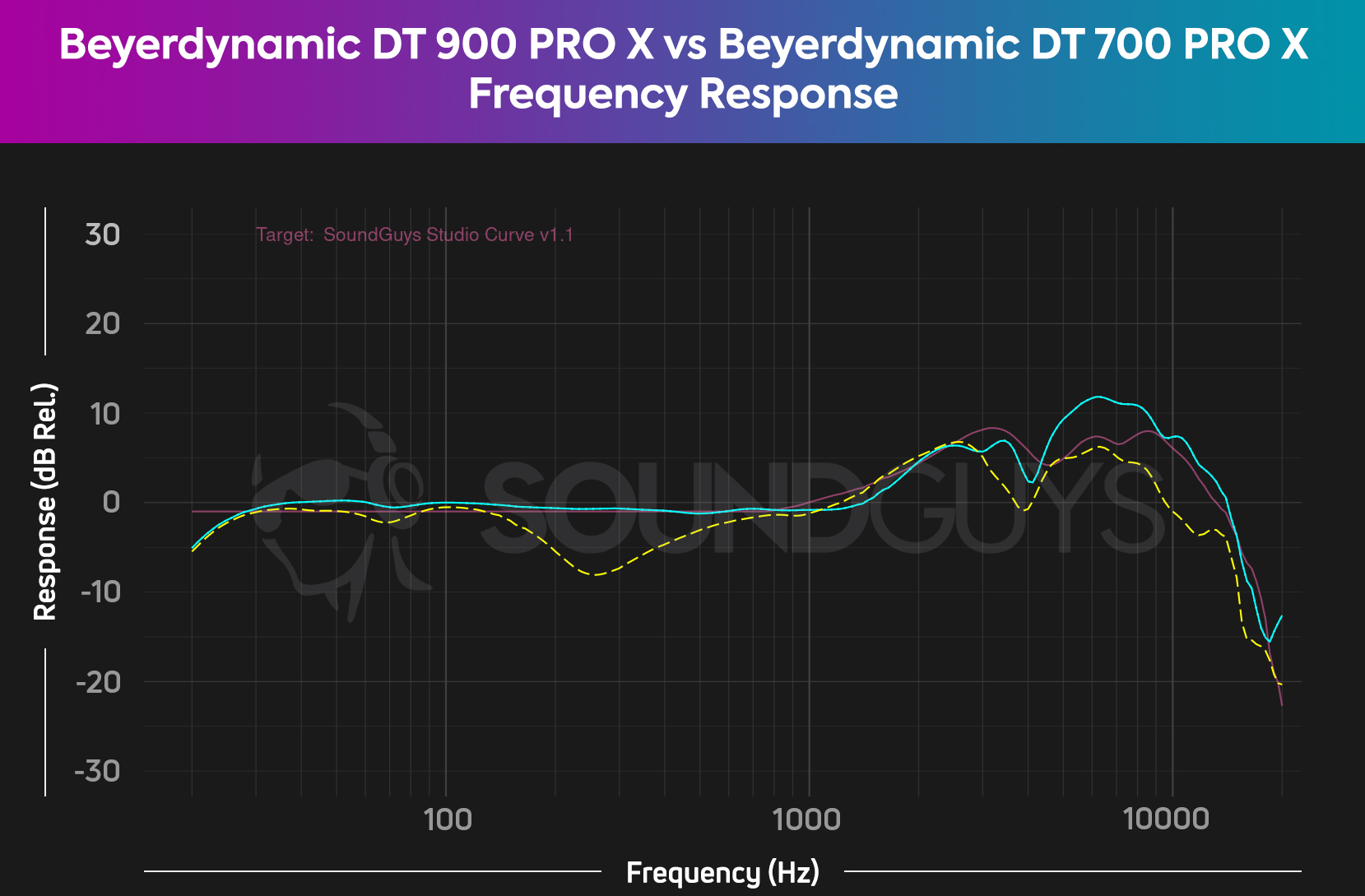
The DT 700 PRO X is essentially the same headset but with a closed-back design instead. If you want the option to listen to your music on the go, this is a better option than the DT 900 PRO X. Both headsets cost the same, but the open-back version has a better midrange response for mixing, though the treble peaks are greater than the DT 700 PRO X. You can see a frequency response chart comparing the two headsets here.


Save money and go with the Sony MDR-7506 for professional mixing
Ever since the mid-1980s, producers and artists alike have relied on the Sony MDR-V6 and its progeny. Boasting a revealing frequency response and a rugged, convenient design, the Sony MDR-7506 is all over the audio industry. If you want the gear the pros use, this is the starting point.
Of course, older headphones like this have some drawbacks. Namely, those ear pads don’t tend to last a long time even if you clean them often, so you may find yourself looking for replacements. Not to worry though, Amazon has a ton of those, and they’re fairly cheap to buy. Other headphones like the Audio-Technica ATH-M50x and its series also use the exact same size of headphone pads. It’s also from the era when you could expect your headphones to be repairable, making it slightly more eco friendly than the average headphones.

Play it safe with the Sennheiser HD 600
Though many people are aware of the ultra-expensive HD 800 line of headphones, Sennheiser made its name off the back of the HD 600 first. Decades old, this set of headphones can be found in a lot of recording booths, music producers’ desks, and even streamers’ shows. And for good reason: these are exceptional headphones.
For sure, these headphones have all the ups and downs of any set of open-back headphones like a sub-bass rolloff, but the sound quality and exceptional comfort are the reasons this model has been around so long. For the task of mixing or even just critical listening, the Sennheiser HD 600 has been the choice of many over the last few decades. Though these headphones do not require a dedicated amplifier, it’s a good idea to use one if you would like to equalize them.
Audio-Technica’s ATH-M50X is a classic pair of studio headphones
The ATH-M50x has a reputation for being the go-to pair of budget studio headphones, but it’s not as accurate as many people think. Sure, Audio-Technica tuned these to have a more neutral frequency response than most consumer headsets, but there is is some audible bass amplification. This isn’t inherently a bad thing as it makes the ATH-M50x a great pair of versatile headphones for daily listening, but be aware that the ATH-M40x has a slightly more accurate sound profile.
Because of the bass bump, this might be better for the musician who needs to feel more from the instrumentation while in the recording booth, and then still wants to listen to some music on the way home. The ATH-M50x will satisfy both roles well. The ear cups sit flat on your ears and provide a decent amount of isolation, not to mention that they also swivel up to 90 degrees.
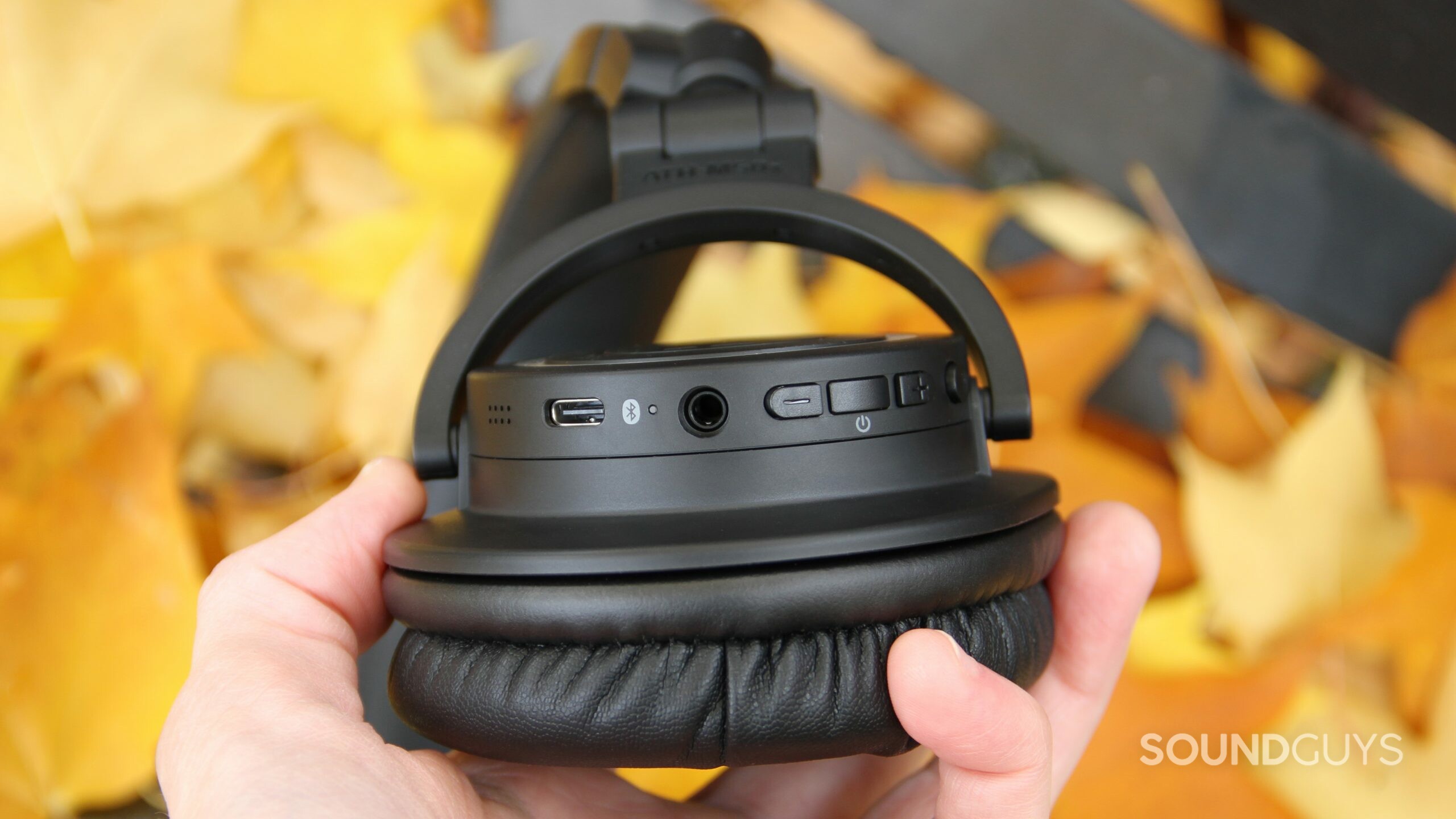
The Audio-Technica ATH-M50xBT2 is everything we love about the ATH-M50x but with wireless connectivity. You get your choice of the SBC, AAC, and LDAC Bluetooth codecs when out and about, or you can just revert to the 3.5mm headphone jack for studio use. The microphone is pretty good, and it’s a great option for those who want one pair of headphones to do everything with.

Take your mixing anywhere with the AKG K371
The AKG K371 is a great pick for anyone who travels frequently. Despite the over-ear design, this package is slim and portable: the ear cups flip up and into the headband similar to Audio-Technica’s design. What’s more, the K371 is good for DJs as you can rotate either ear cup backward and up to keep one ear on the crowd.
The frequency response was tailored using Harman’s consumer preference research curve, which helps for creating content that translates well to other systems. AKG supplies you with three cables, two straight and one coiled, so no matter your environment, you’ll have something that works with you.
Despite the plastic build, the headphones are durable and withstood multiple trips at the bottom of a backpack during our full review. Don’t drop an unabridged encyclopedia onto this headset, but the build can withstand some roughhousing. What’s more, these headphones are great for listeners with glasses because the slow-retention memory foam wraps around the glasses’ arms.

Is the Beyerdynamic DT 990 PRO good?
![Beyerdynamic DT 990 Pro[F] The Beyerdynamic DT 990 Pro being worn by Adam Molina.](https://www.soundguys.com/wp-content/uploads/2017/11/Beyerdynamic-DT-990-ProF.jpg)
For a purpose built set of open back critical listening headphones, the Beyerdynamic DT 990 PRO is a decent option, but it’s better for mixing. It sells for less than the DT 900 PRO X, and still offers a good balance of comfort and utility. One downside is that its 250Ω rating requires a headphone amp, or audio interface if you want to equalize the headphones much. If you have one already then that works, but if you don’t, the nice price (compared to the DT 900 PRO X) might not actually work out to be cheaper overall.

Is the Sennheiser HD 820 worth it?
Sennheiser is an audio stalwart and remains one of the most reputable audio companies around. Sure, many debate over which of its headphones sound better, but the HD 820 dominates the hi-fi conversation and it far exceeds our top-end budget of $1,000 USD. The large, closed-back design is a departure from the beloved HD 800, but the Sennheiser HD 820 retains the unique aesthetic Sennheiser fans have grown familiar with.
Although listeners may be concerned by the transition from open-back to closed-back between the high-end models, Sennheiser claims that this design is able to achieve the same open soundstage that we’ve come to expect. What’s more, it’s also able to insulate listeners from external noise better as a result of the closed build.
For better or worse, these 300Ω audiophile headphones require the use of an external amplifier, which will set you back quite a bit more. We understand that many people are simply in search of reliable studio headphones and aren’t looking to consider a payday loan to cover their next set of cans. Regardless, we felt it appropriate to tip our hats to the Sennheiser HD 820 and feature more financially viable options below.

The best studio headphones: Notable mentions
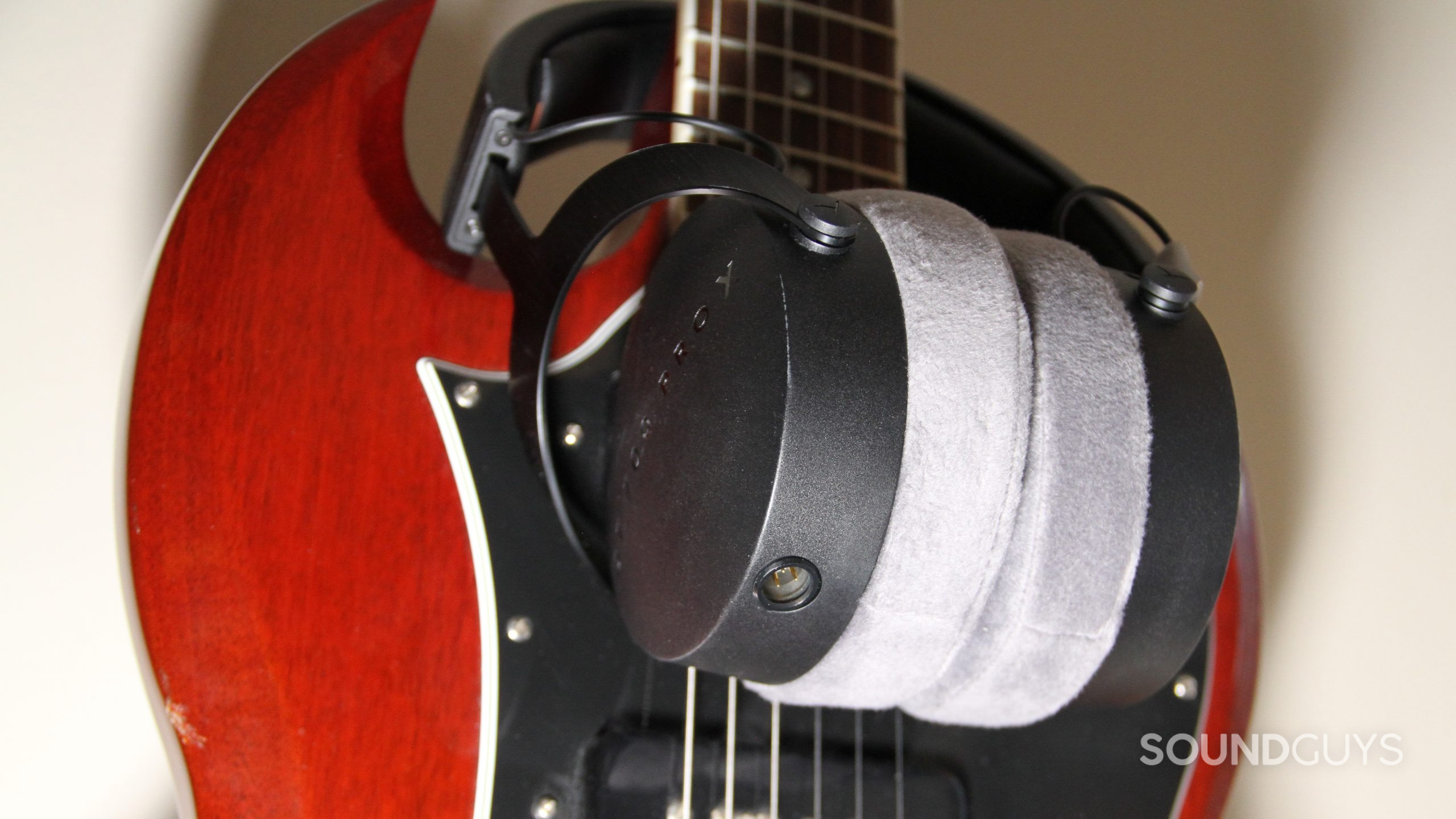
- AKG K240 Studio: This pair of open-back headphones serve as a great alternative to the Sony MDR-7506 and feature a more modern, stylish design with larger ear cups.
- AKG K702: This pair of open-back headphones has its place in a studio but remember that it won’t have much bass. While it’s very comfortable, the size can be a bit unwieldy and you can get a better value headset.
- Audio-Technica ATH-AD900X: While you don’t want to use this in the recording studio because the open-back design causes the sound to bleed through, it’s great to use during the mixing phase of music-making.
- Audio-Technica ATH-M40x: Although the ATH-M50x is often in the limelight, the M40X is no slouch, and provides a less emphasized low-end.
- Beyerdynamic DT 1990 PRO: If you want absolute luxury and don’t mind paying for it, this set of open-back cans looks, sounds, and feels premium.
- Philips Fidelio X2HR: This is a great 0pen-back pair of headphones that packs 50mm drivers and neutral-leaning frequency response. The suspended headband design is comfortable, and the velour earpads are great for bespectacled listeners.
- Sennheiser HD 280 Pro: This monitoring pair is widely regarded as some of the best budget-minded studio headphones that take a tank to kill. For under $100, that’s not a bad return.
- Sennheiser HD 598SE: The large, circumaural design makes these headphones comfortable for extended periods of time, while the open-back design allows for a more realistic reproduction of 3D space.
- Sennheiser HD 58X Jubilee: While these are a Drop.com exclusive, they’re still a great pair of open-back headphones you should check out if you want one great pair of headphones that can do it all (as long as you don’t use them outside with a lot of noise).
- Sennheiser x Drop HD 6XX: This is the closest you’ll get to a true HD 650, but for half the budget. These are outstanding headphones for the mixing station—not so much for the booth.
- Sennheiser x Drop HD 8XX: A cheaper, but effectively very similar flagship worthy offering from Drop in collaboration with Sennheiser.
- Sennheiser HD 800 S: This headset was the best all-around pick until it was dethroned by its predecessor, the HD 820. This, however, is available for less than half the price.
- Shure SRH840A: Engineers who want a headset with great build quality and slightly consumer-friendly frequency response will want to snap this up.
- Shure SRH1540: This is a professional open-back headset with comfortable velour ear pads and 40mm dynamic drivers. The MMCX connectors make it easy to swap out the original cable and the lightweight build makes it comfortable for day-long editing sessions.
Don’t need studio headphones? Get something else!
If you want good quality headphones and have money to spend but don’t want studio headphones, you should probably get something else. Though studio headphones offer very good sound quality, these headphones are most often more expensive to get, and offer far fewer features than consumer headphones. It’s very probable that if you’re not an audiophile or music creator: you don’t want studio headphones.
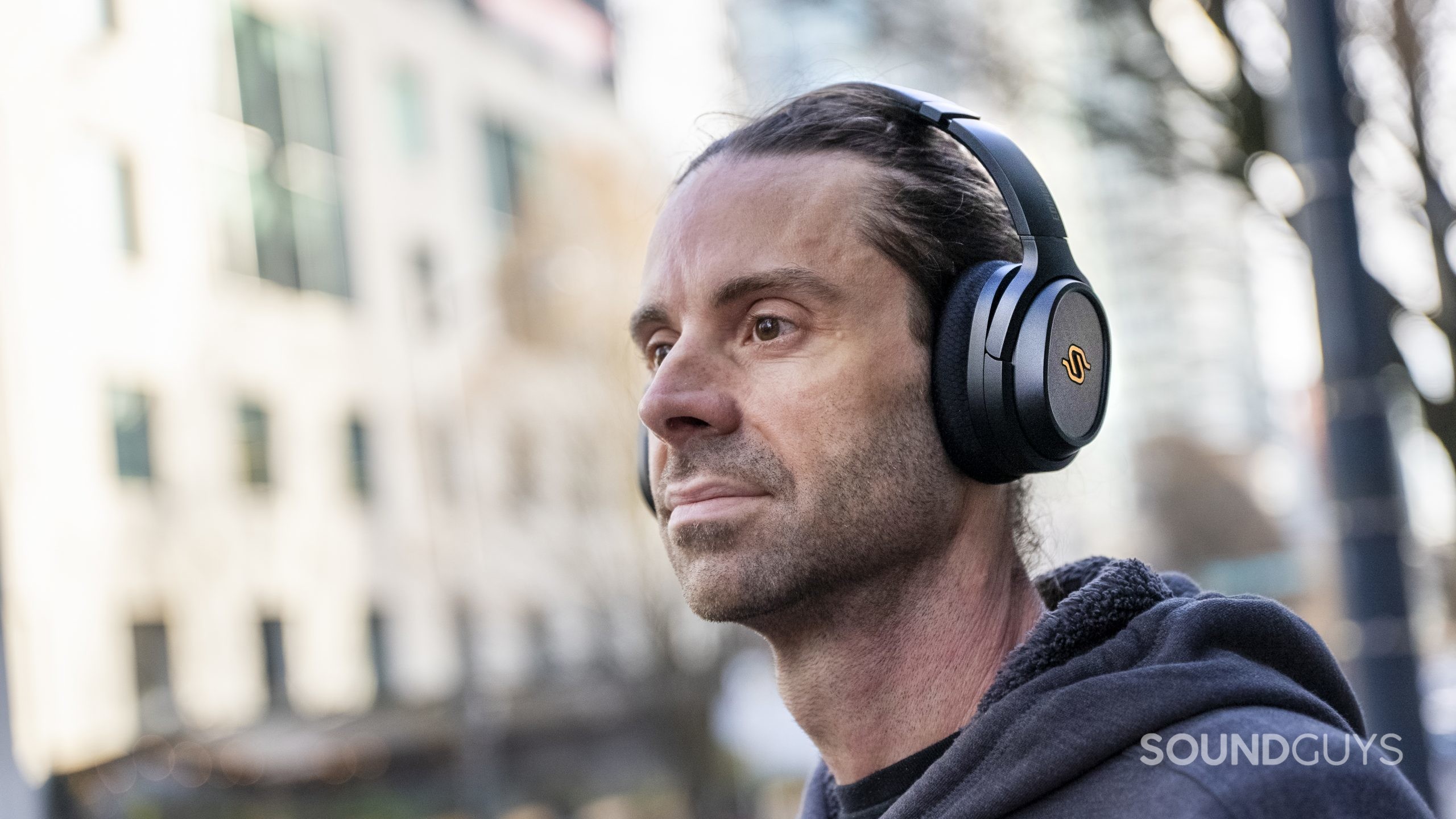
For example, studio headphones are pretty terrible for commuters: a situation where you’d want active noise canceling headphones instead for their superior noise isolation and bassier sound (that can more easily be heard over engine noise). Additionally, studio headphones aren’t generally meant for gaming consoles — making them a poor pick for that purpose.
Studio headphones shine by the computer, and in the mixing booth. They’re most often tools designed for a specific purpose, even if they can be utilized for your own enjoyment depending on the situation.
What you should know about studio headphones
Studio headphones aren’t for everyone, as many of us prefer a bit of bass amplification for daily listening. What many people consider to be good sound isn’t what everyone considers to be good sound. But when you’re getting paid to do a job, accuracy takes priority over a consumer-friendly sound. While we could go on about all of the reasons why you should want some studio headphones, we’ll keep it simple with a few quick points.
How should studio headphones sound?
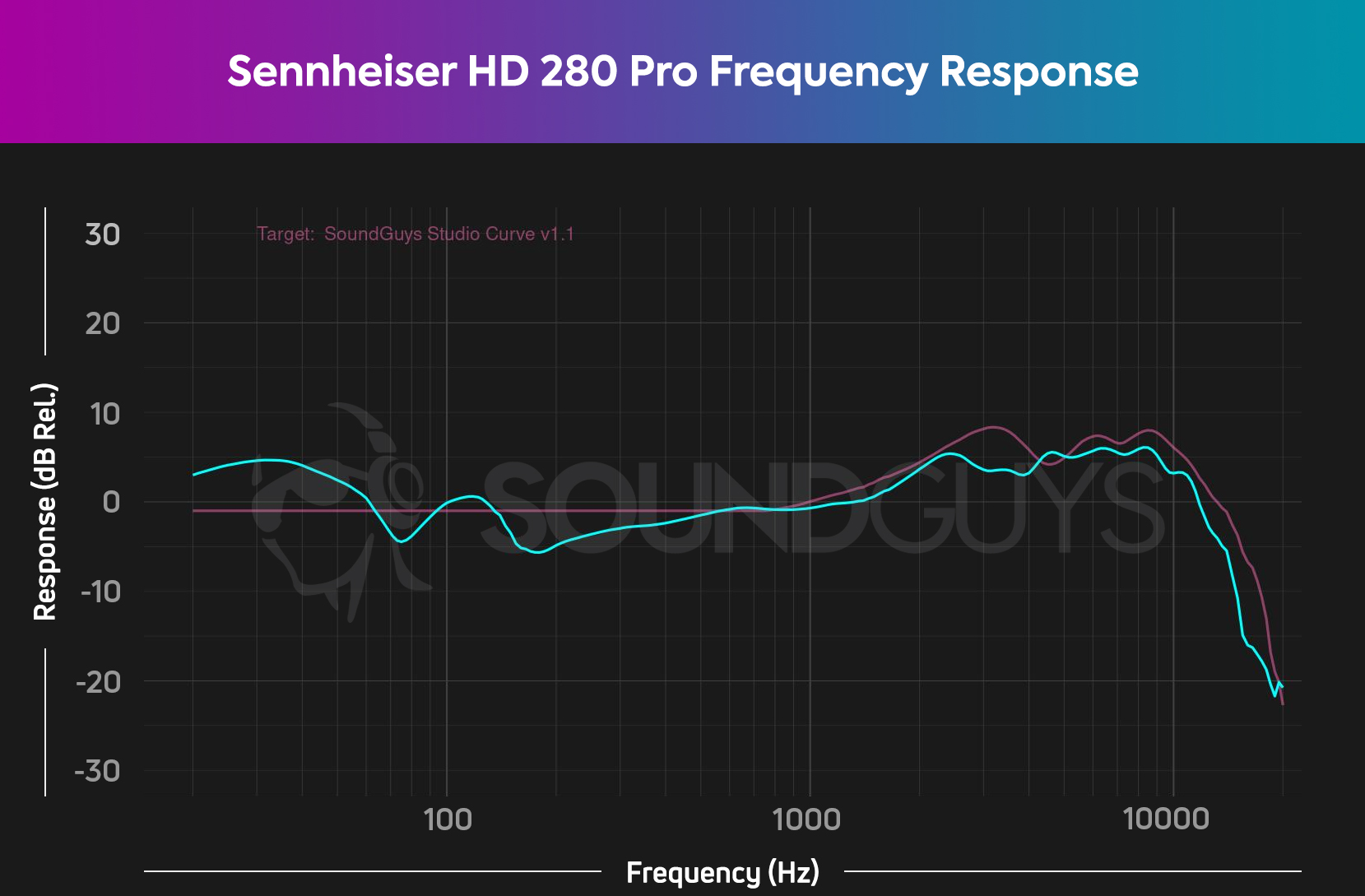
Any set of headphones has a designated frequency response, which indicates how well a particular headset can reproduce all of the tones within our range of hearing (typically 20Hz-20kHz).
If you’re recording or creating music, you will want a pair of headphones with a relatively neutral frequency response, to allow for accurate, consistent mixing. This means that the drivers don’t emphasize or de-emphasize any particular area of the spectrum more or less than the others. Nothing is perfect, but the closer you can get to that ideal studio response, the more accurate your mix will sound.
Your ears aren’t perfect. Our actual range of hearing depends greatly on your age and how well you’ve been taking care of your ears throughout your life. You can even up to your ears to the test here.
Do you need an amp or DAC?
While consumer headsets don’t typically require an external amp, studio headphones often will need them. Fortunately, plenty of easy-to-use USB interfaces are available to streamline your production process.
Should you get open or closed-back headphones?
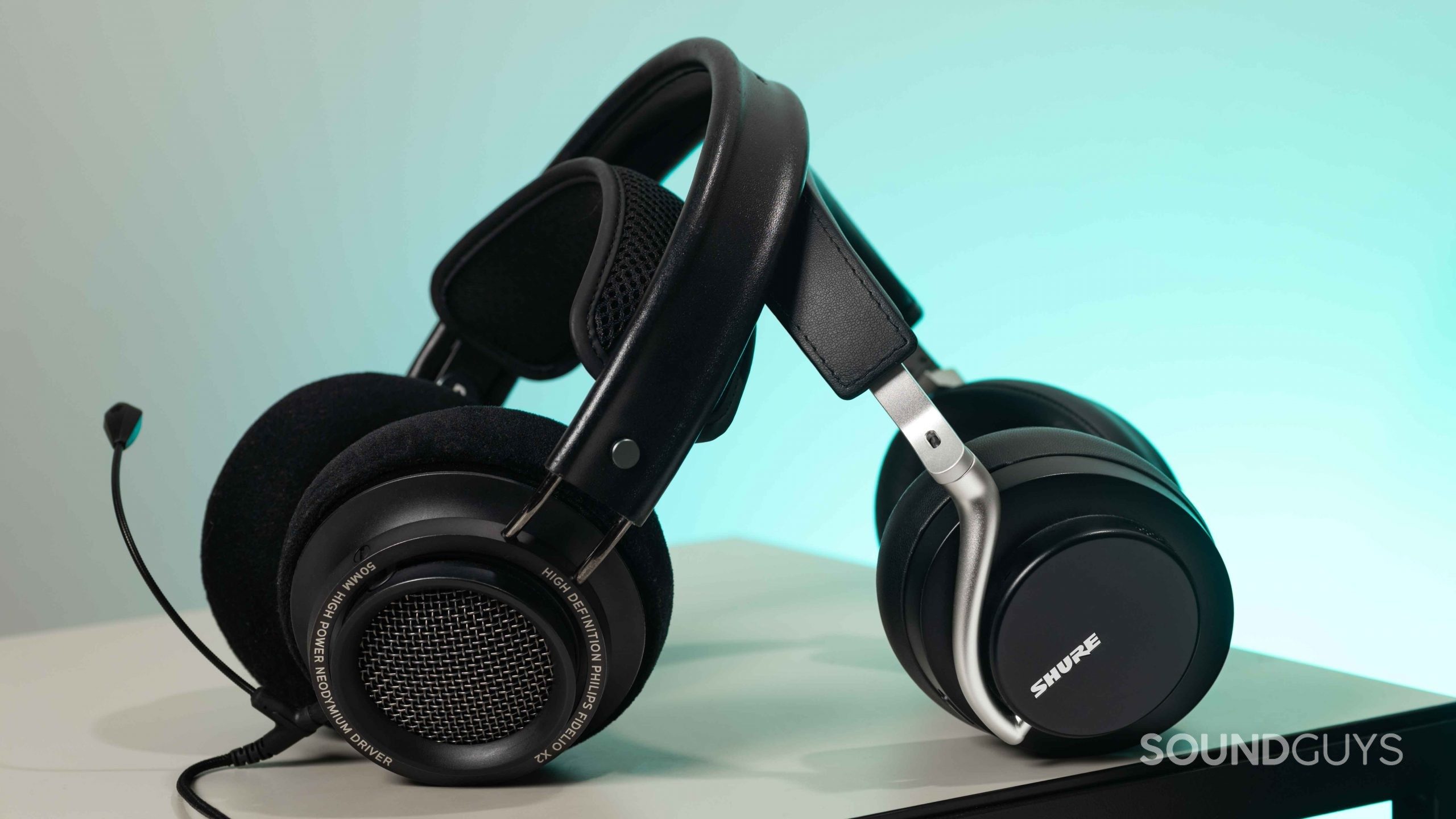
Open-back and closed-back headphones refer to whether the back of the headphone driver is open to the environment or enclosed. While closed-back headphones are better for isolating the listener from their surroundings, open-back cans are typically better for studio applications: they create a better representation of three-dimensional sound. Studio headphones are typically closed-back so the musicians can use them while recording without risk of sound feeding back into the microphones, but open-back headphones can be used for monitoring and mixing purposes.
Why you should trust SoundGuys
Working at SoundGuys allows each of us to have plenty of hands-on time with the latest and greatest audio products. While we do spend ample time testing out great products, we also receive some ones that need work. Regardless of how one pair of headphones stack up against another, it gives us a different reference point for understanding what’s good and what’s not when it comes to consumer products.
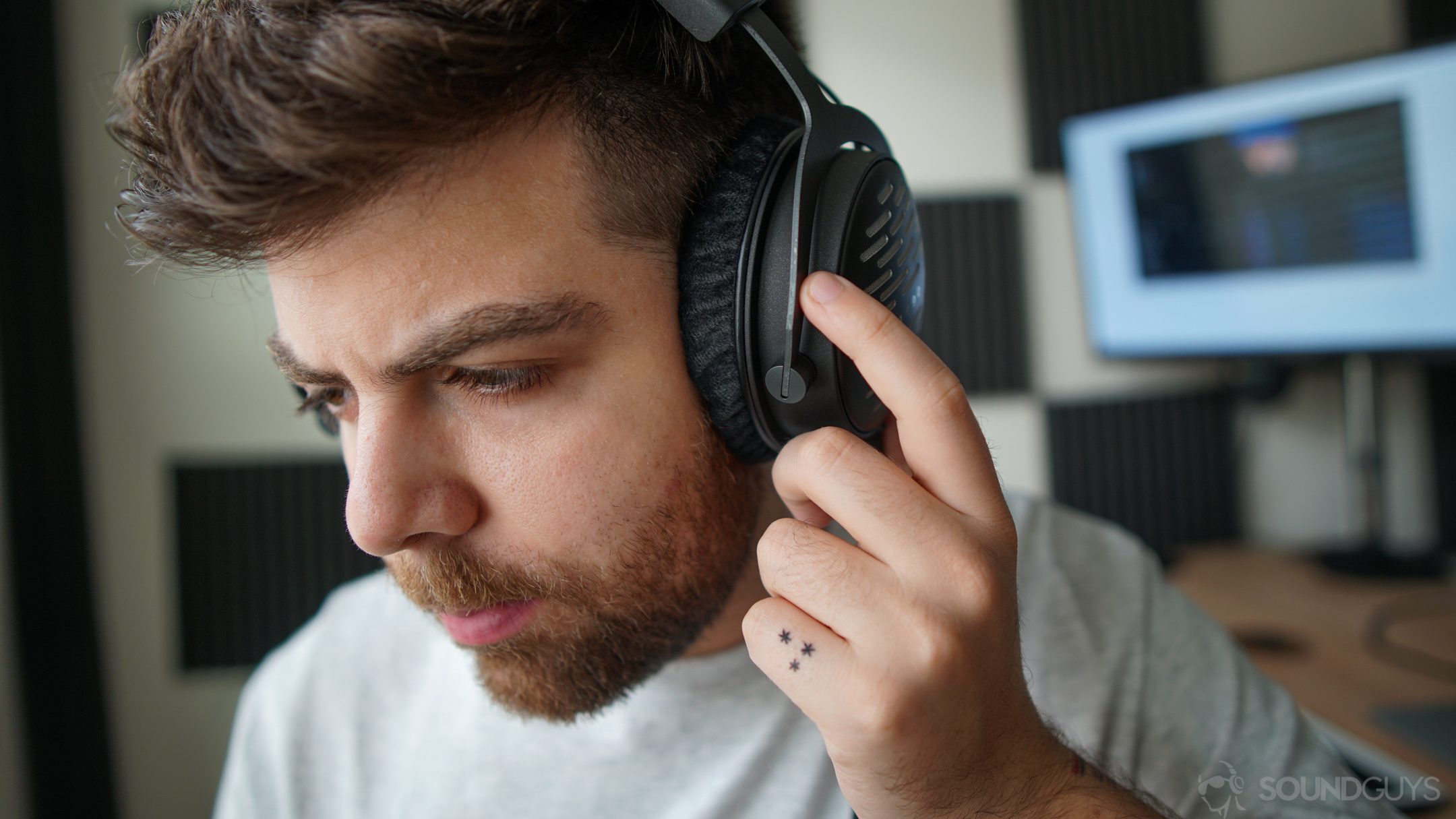
Ultimately, we want to make the research process easier for you, so you can spend more time enjoying your headphones. None of our writers may benefit from championing one set of cans over another.
Frequently asked questions
The Sennheiser HD 25 is ideally suited to DJs with its swivel ear cups, and on-ear fit. That on-ear fit is more isolating than other on-ears typically, but not as effective as the seal you get from closed back over-ear designs. Again, it’s comfortable for on-ears but not ideally suited for studios. Still, it does have a long cable, which is handy for tracking musicians.
The Sony WH-1000XM4 don’t have a particularly neutral frequency response, and they do let you equalize the sound signature in their app. You will want to use them in active mode (electronics switched on), the passive response is not good at all.
Ideally, you will have both studio headphones and studio monitors. Studio headphones are necessary for recording and tracking, but studio monitors are much better for mixing. They create a more accurate soundstage than headphones can, making it easier and faster to create good mixes.
More vendors than just Amazon have quick and cheap shipping now, and plenty of small businesses sell your favorite products too. Where you choose to buy your headphones could depend on a lot of things, including your shopping ethics, how much customer support you want, and the warranty of the company. Check out our guide to get a rundown of some options and their stats.
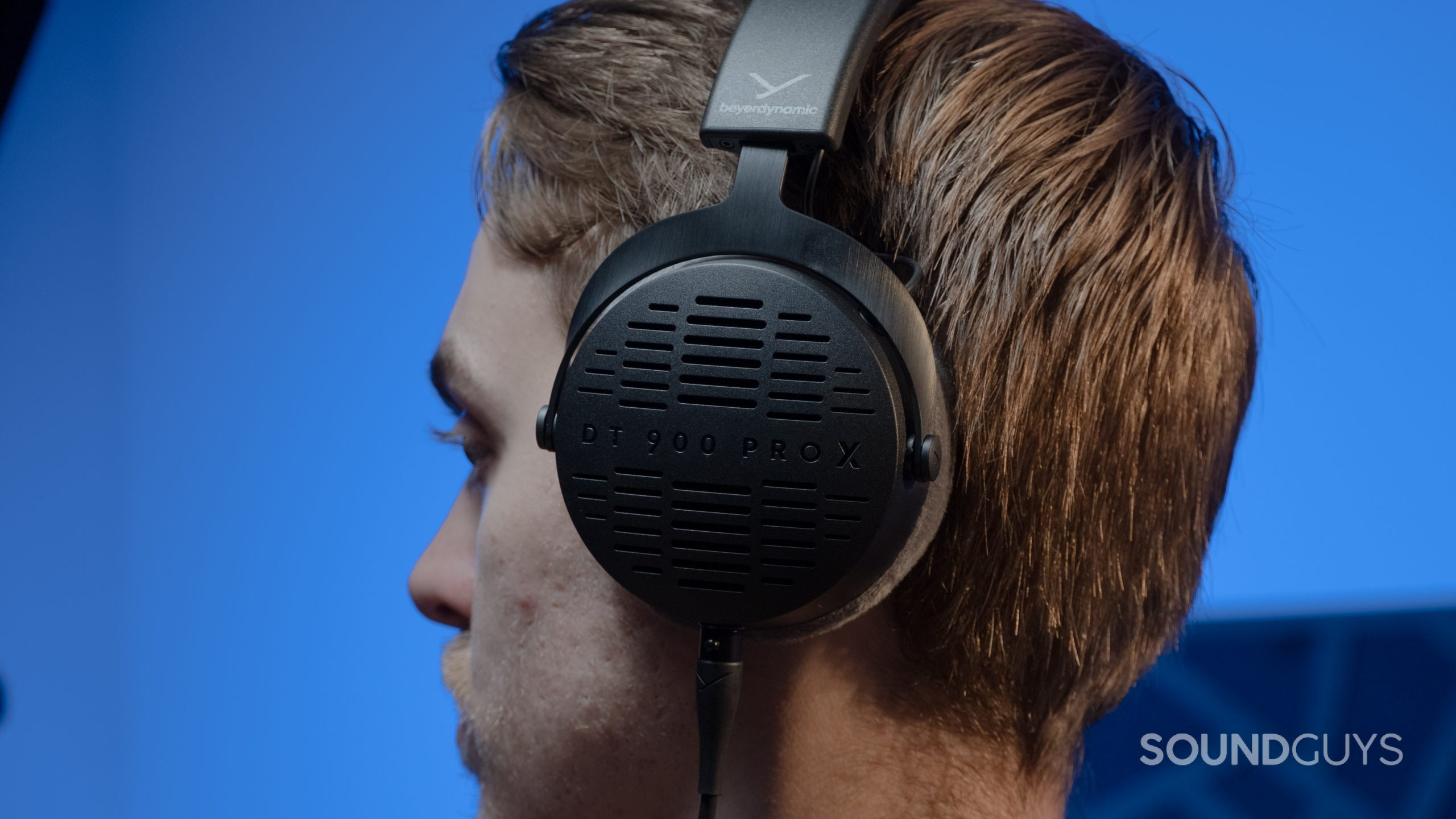
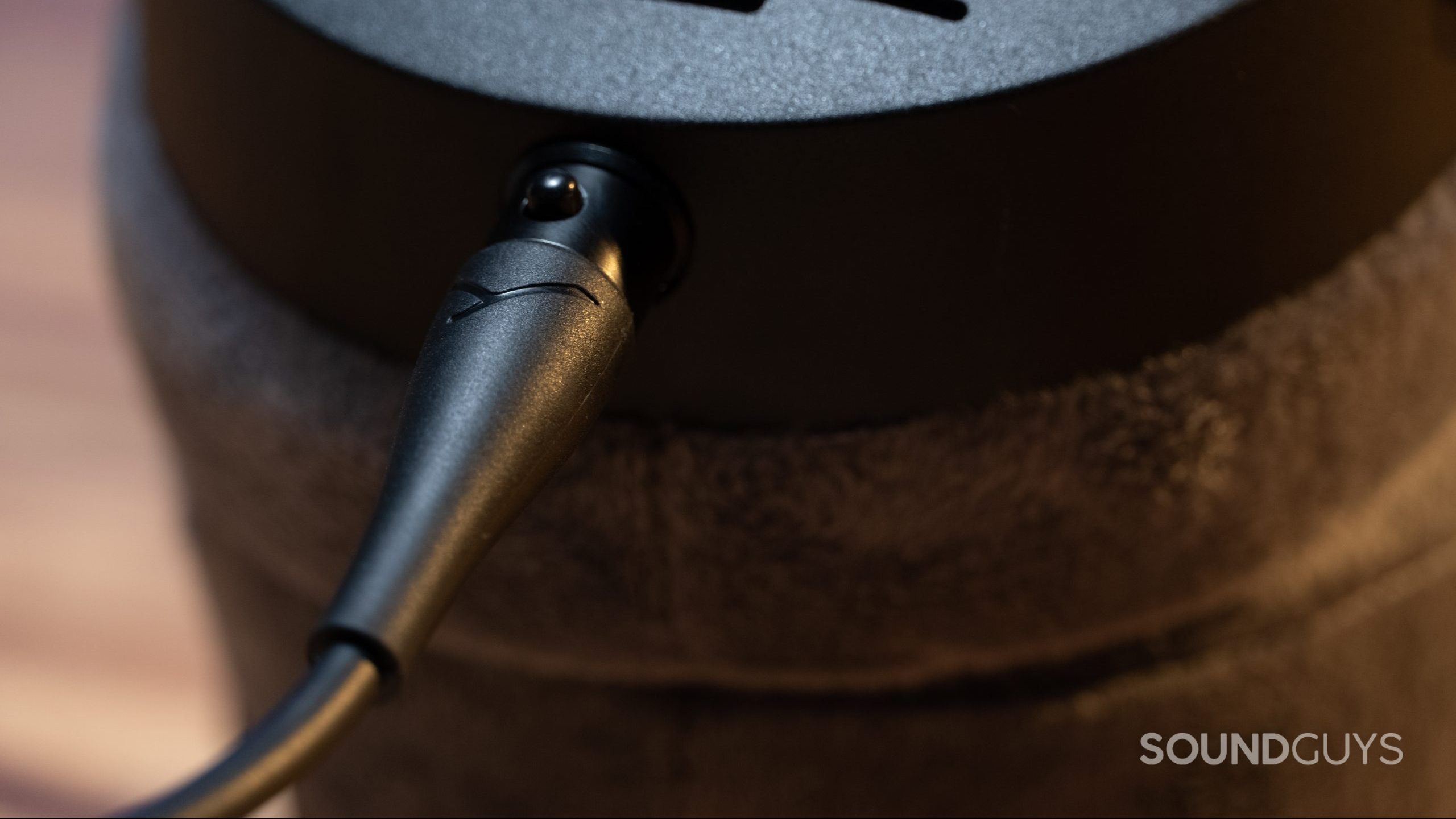
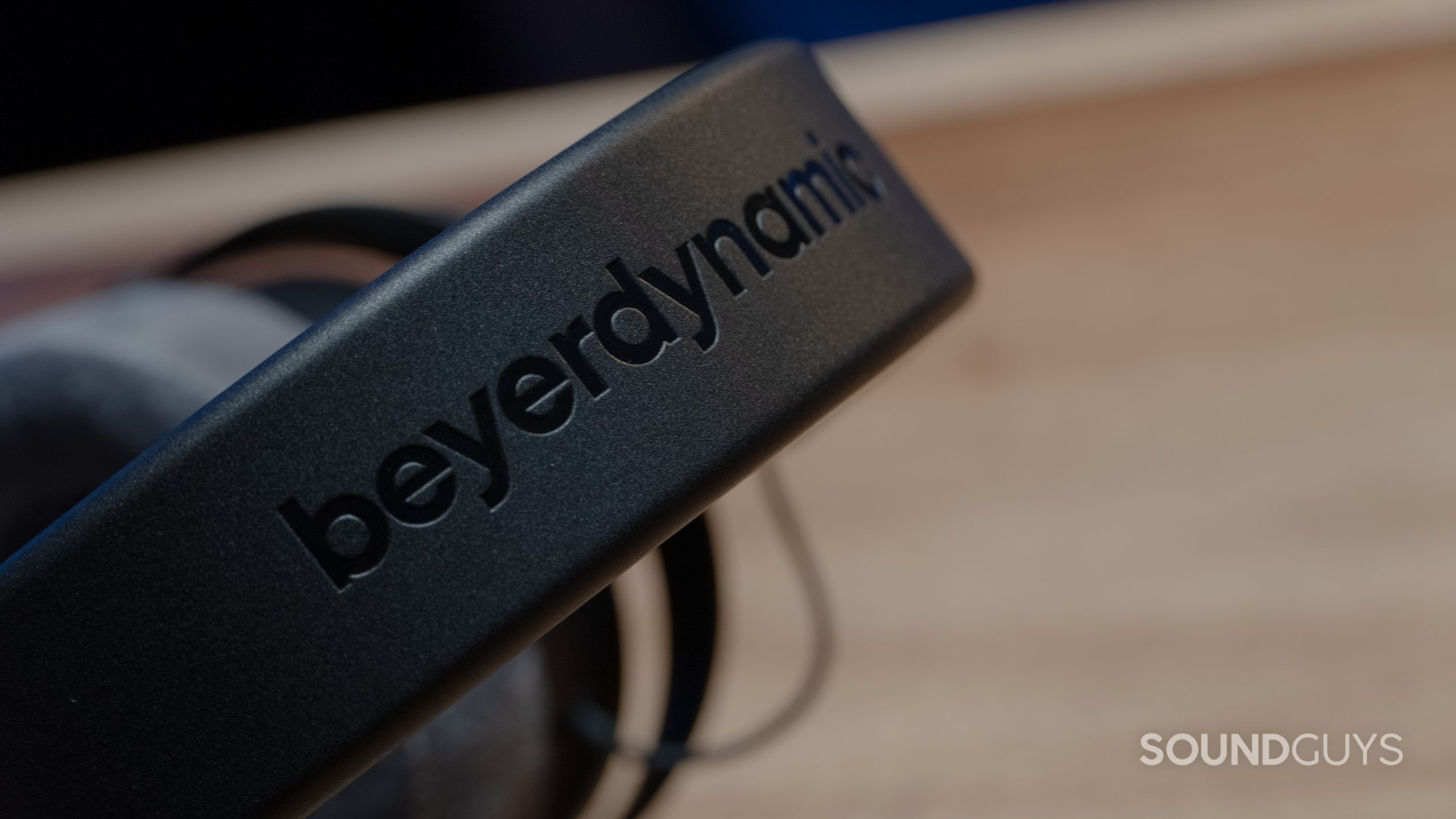
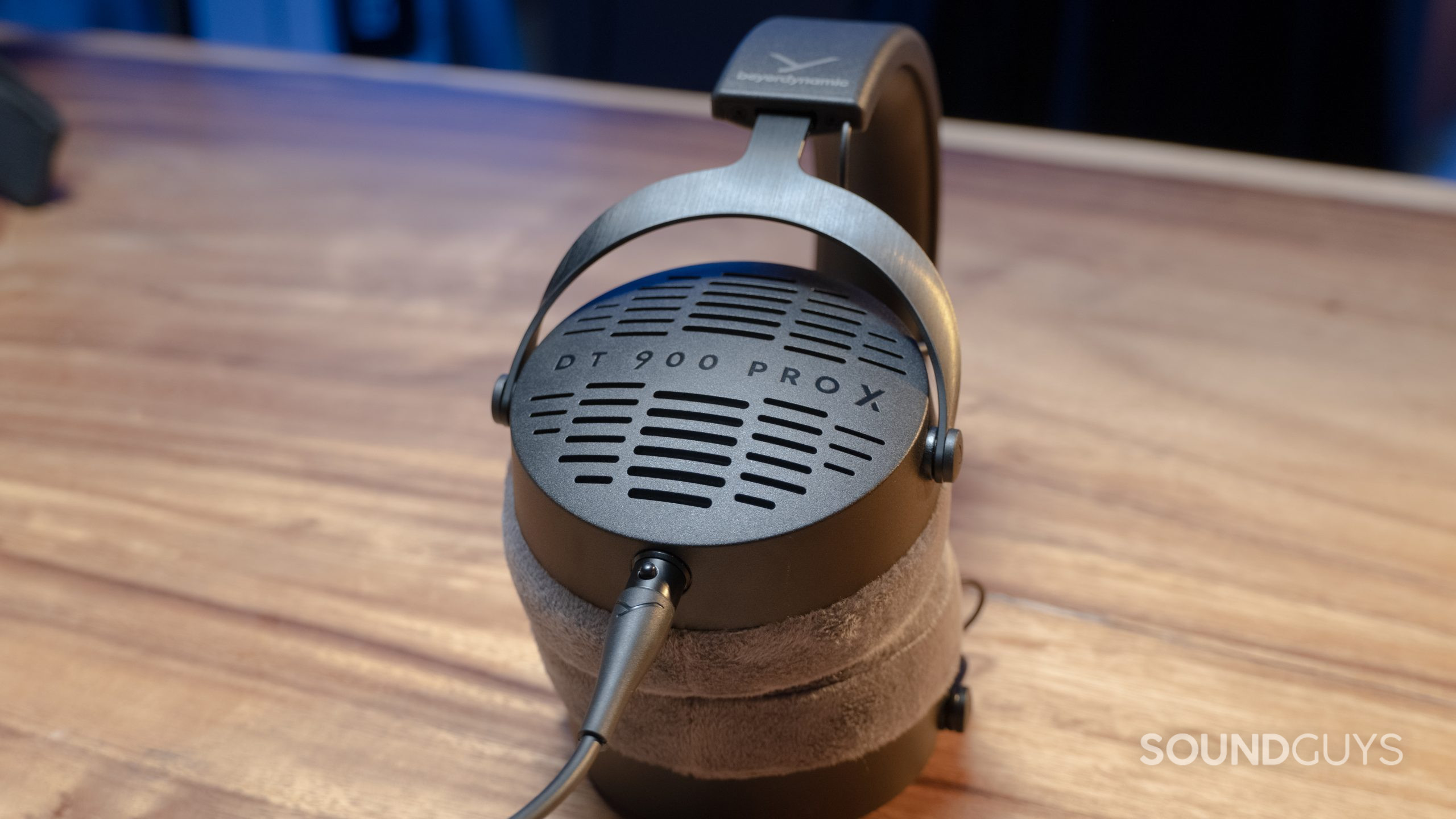
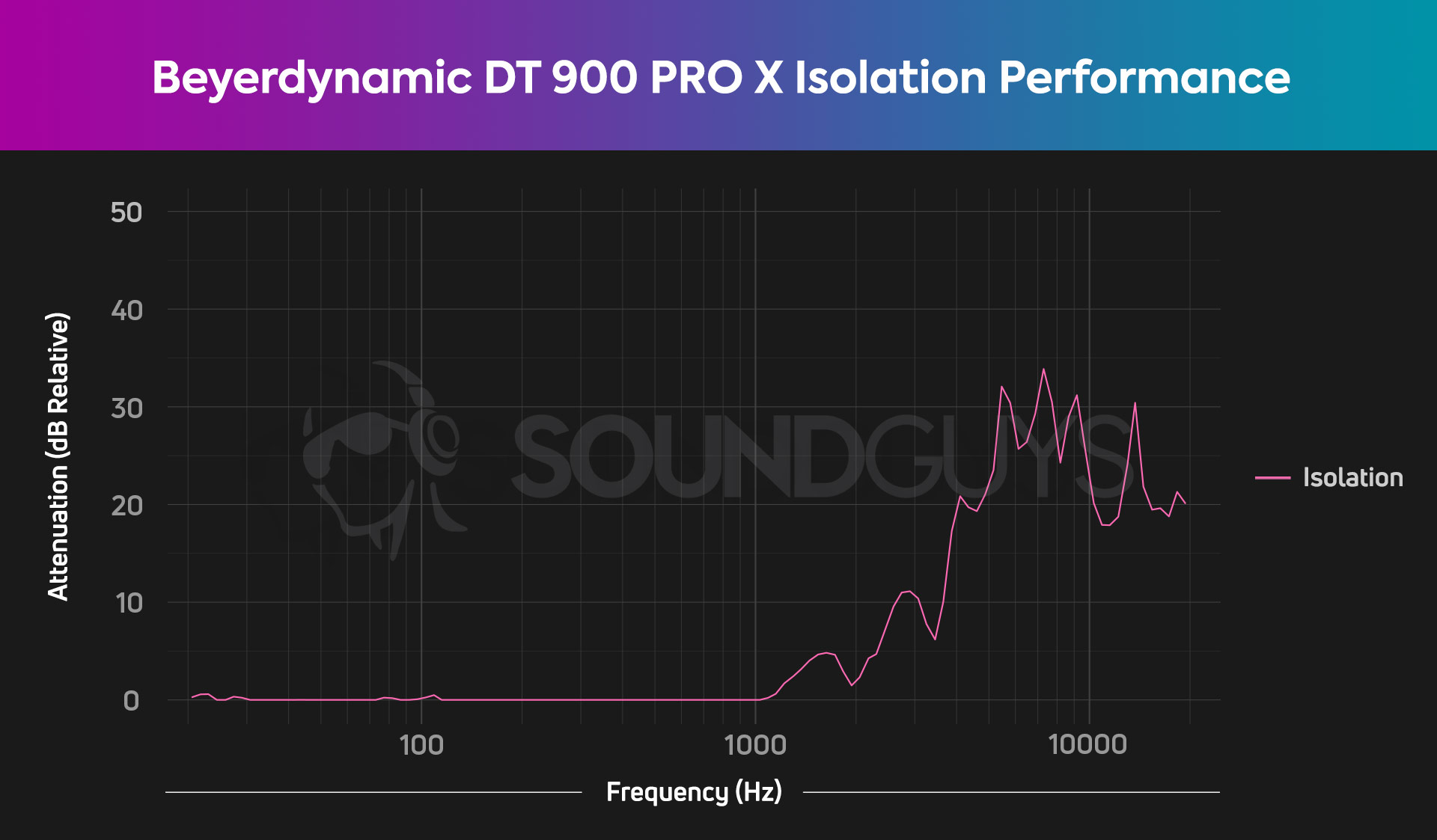
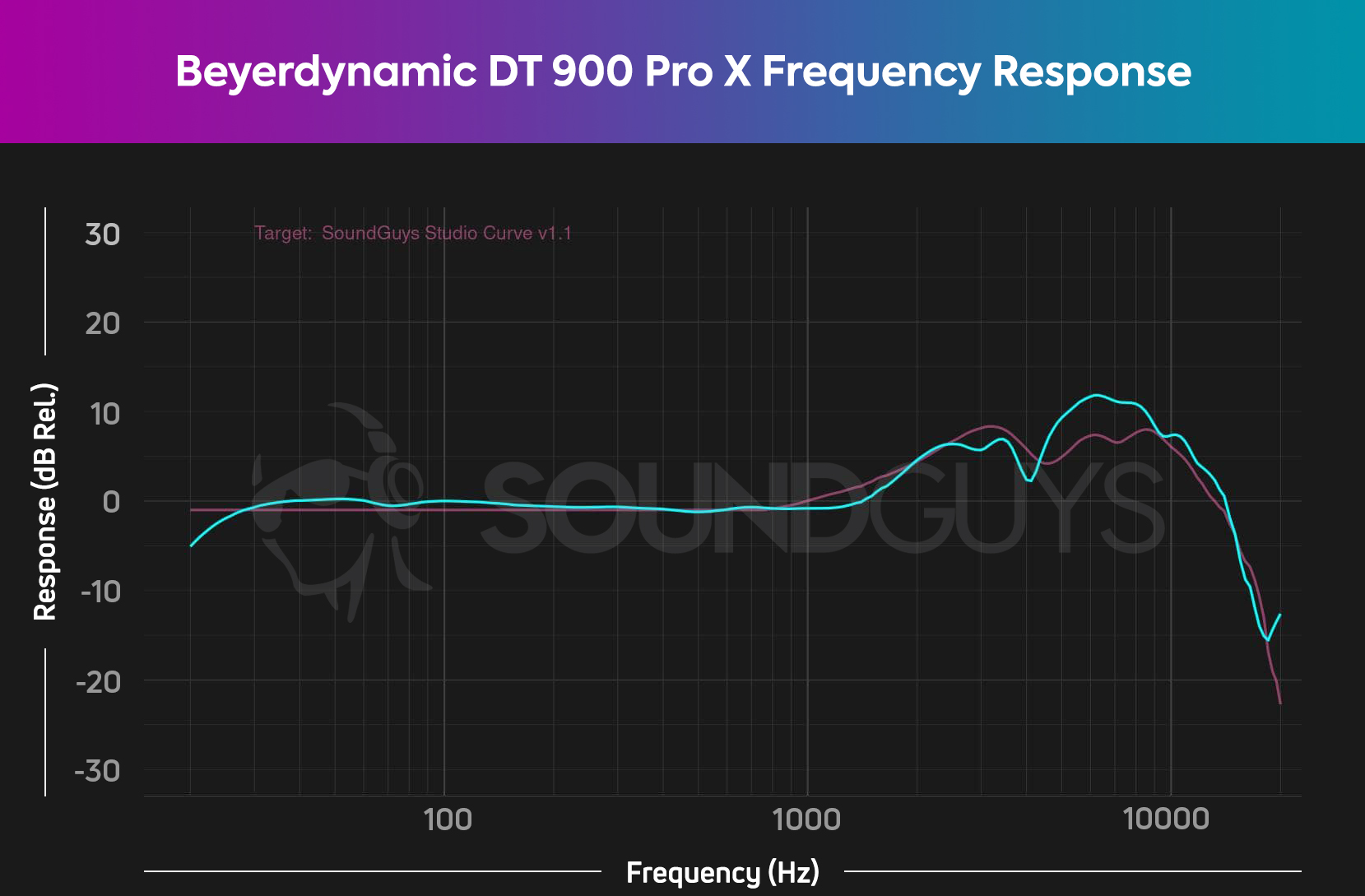
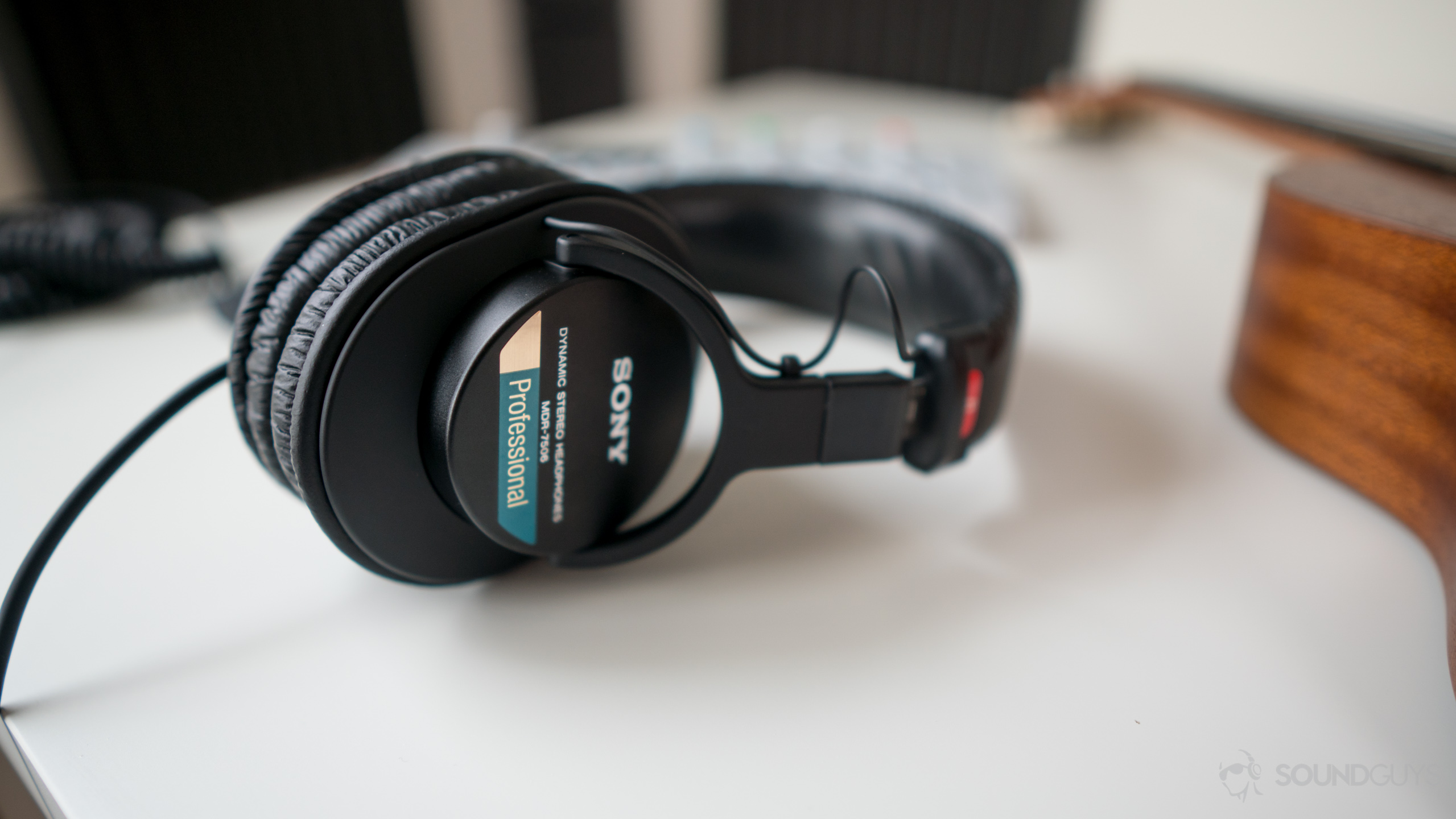
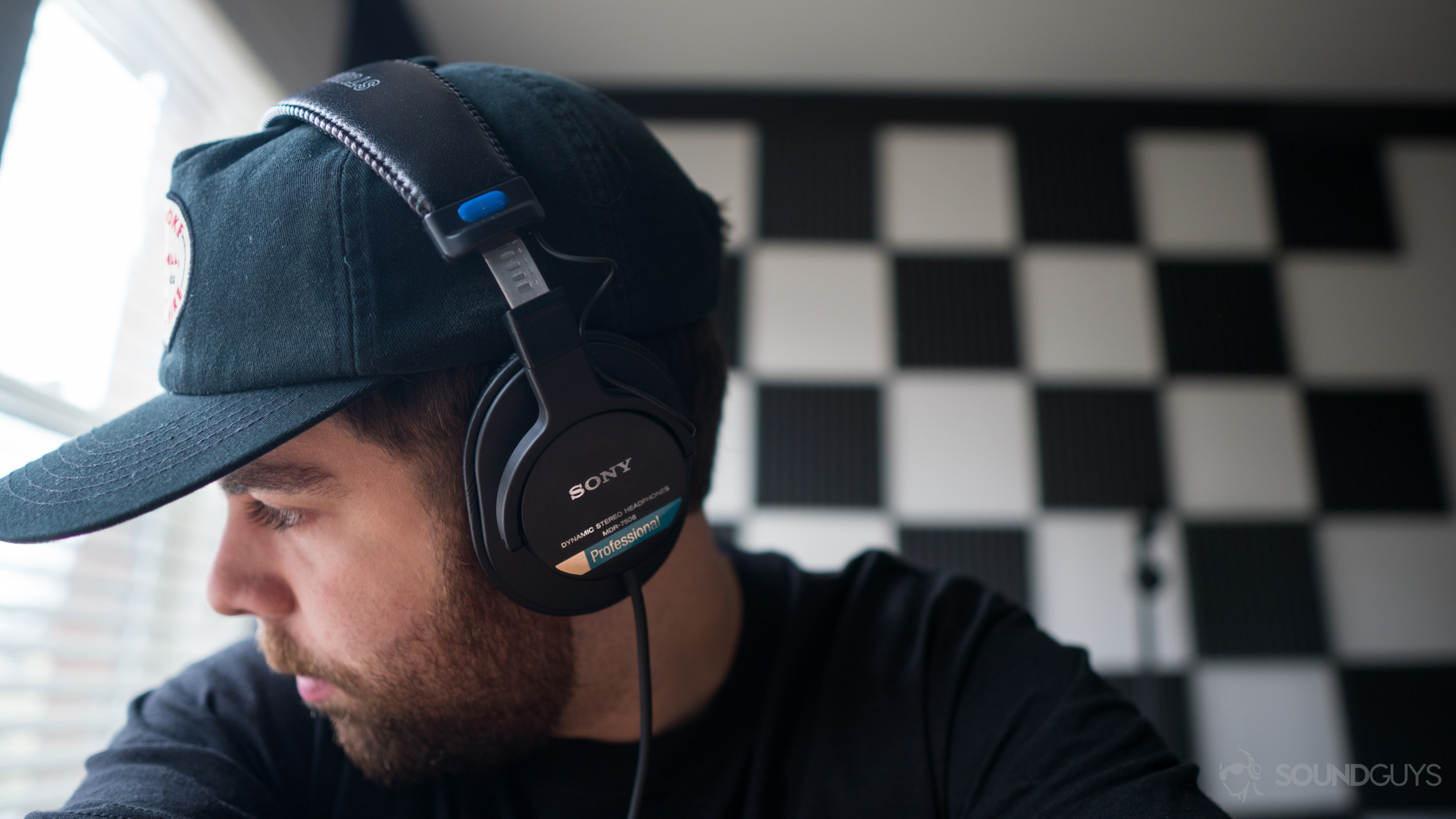
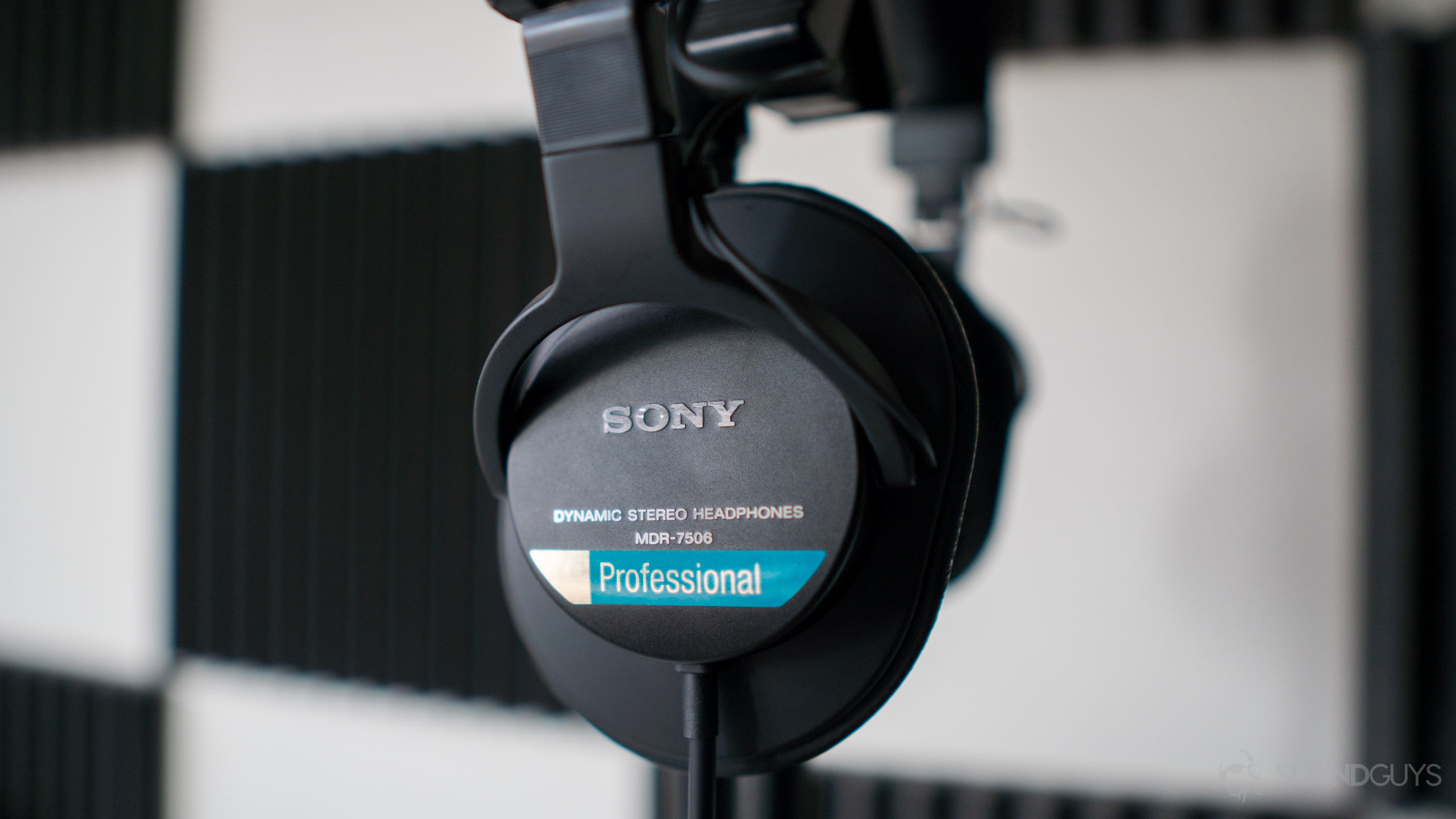
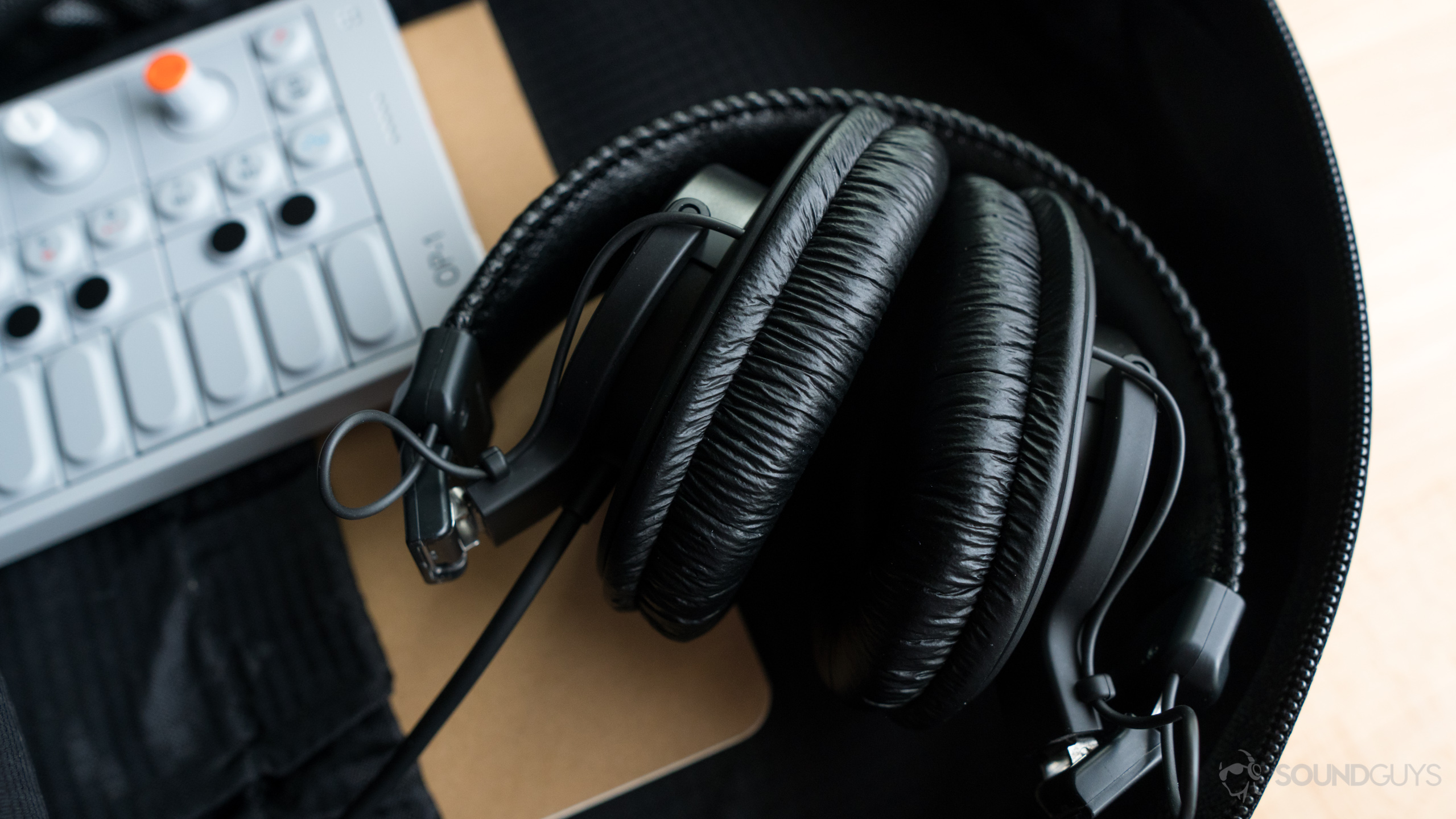
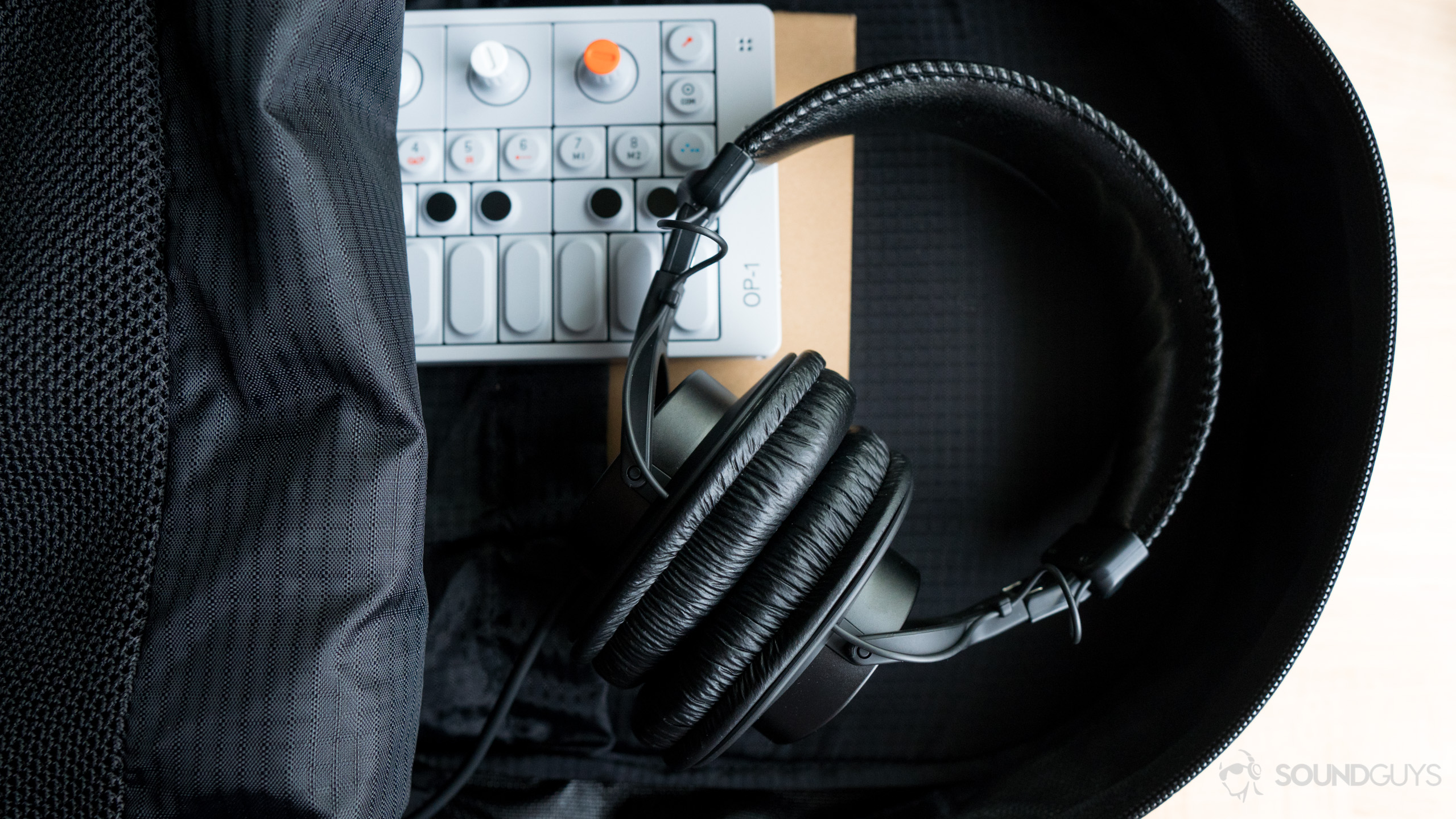
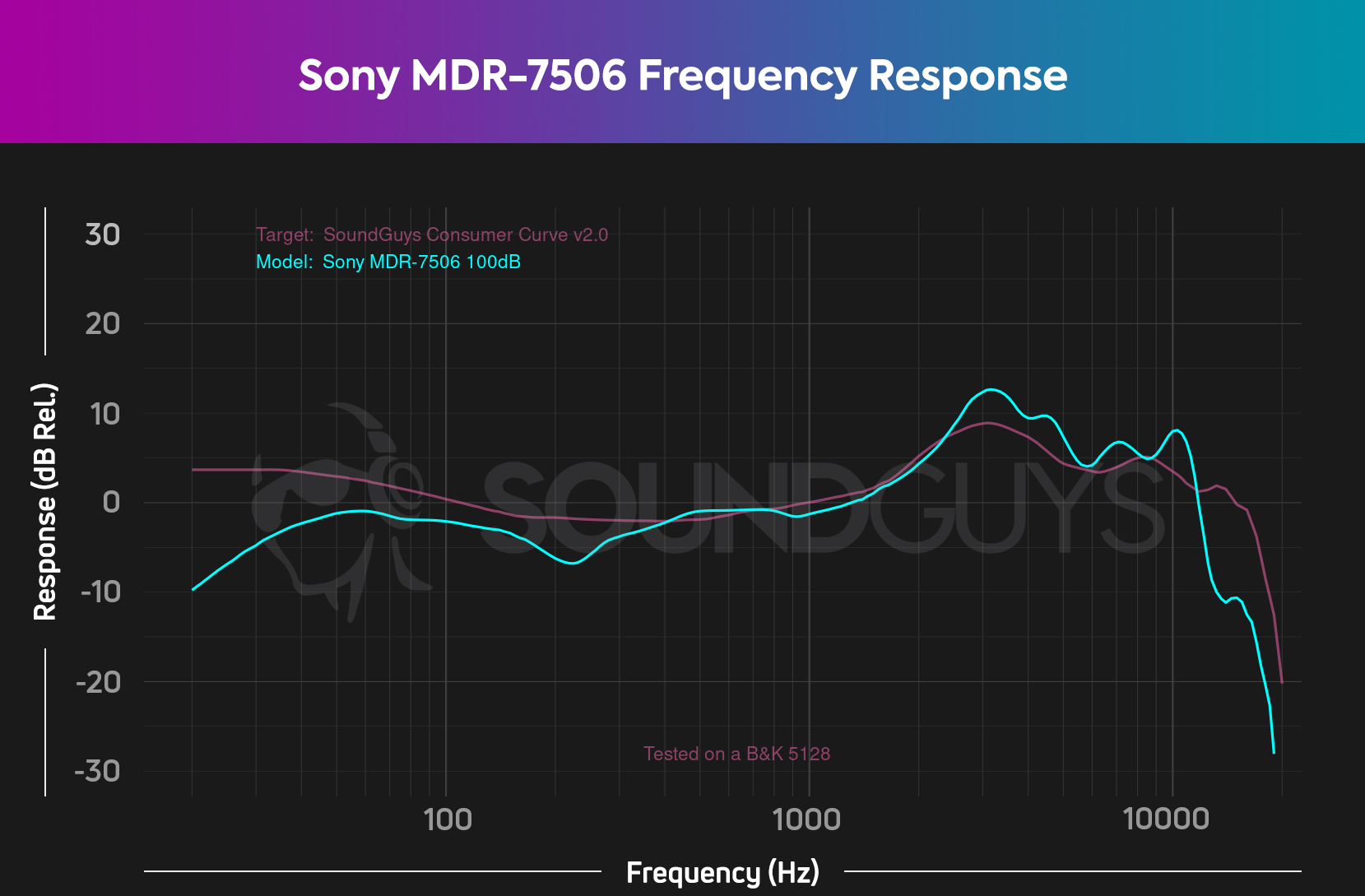
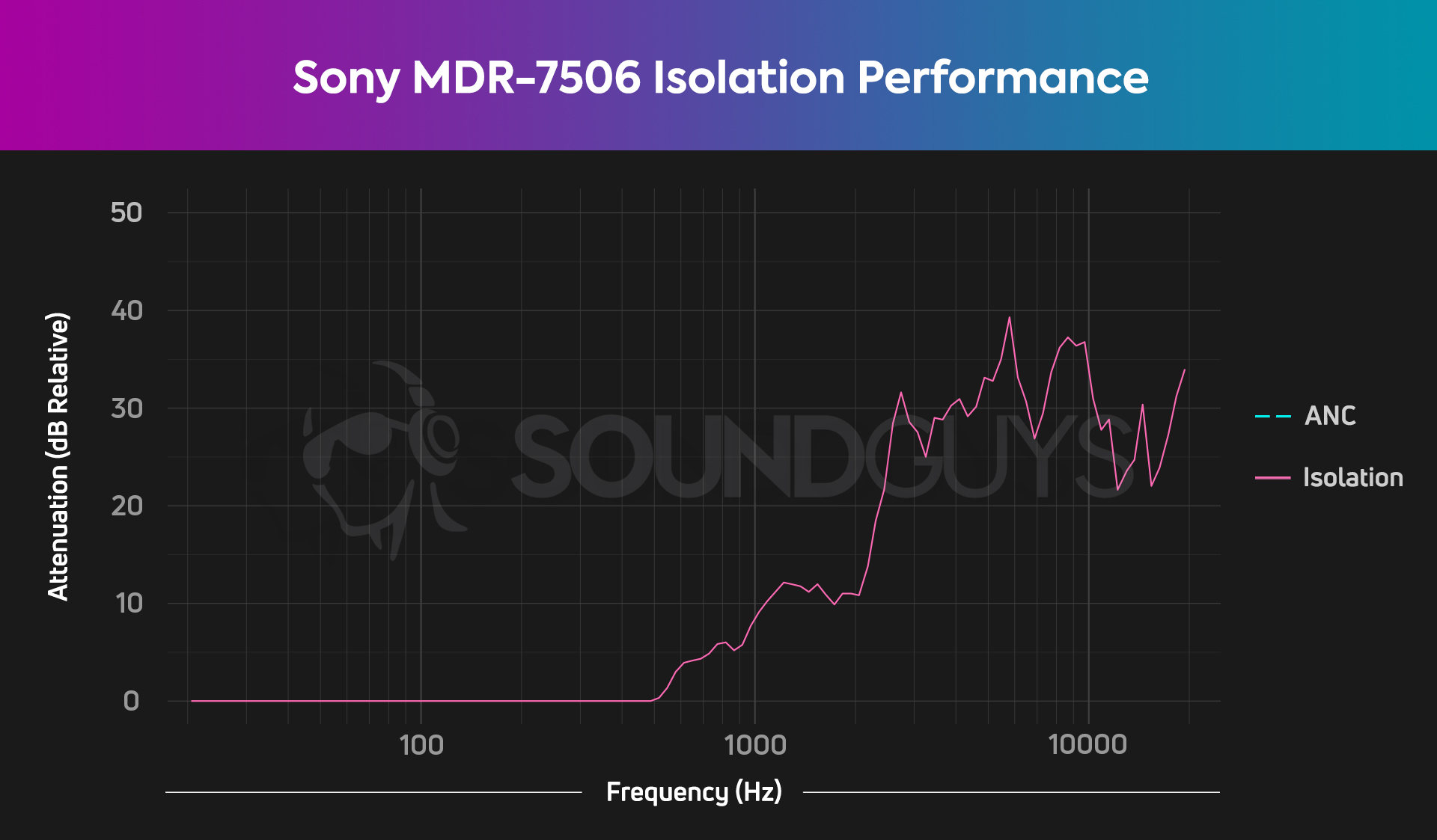
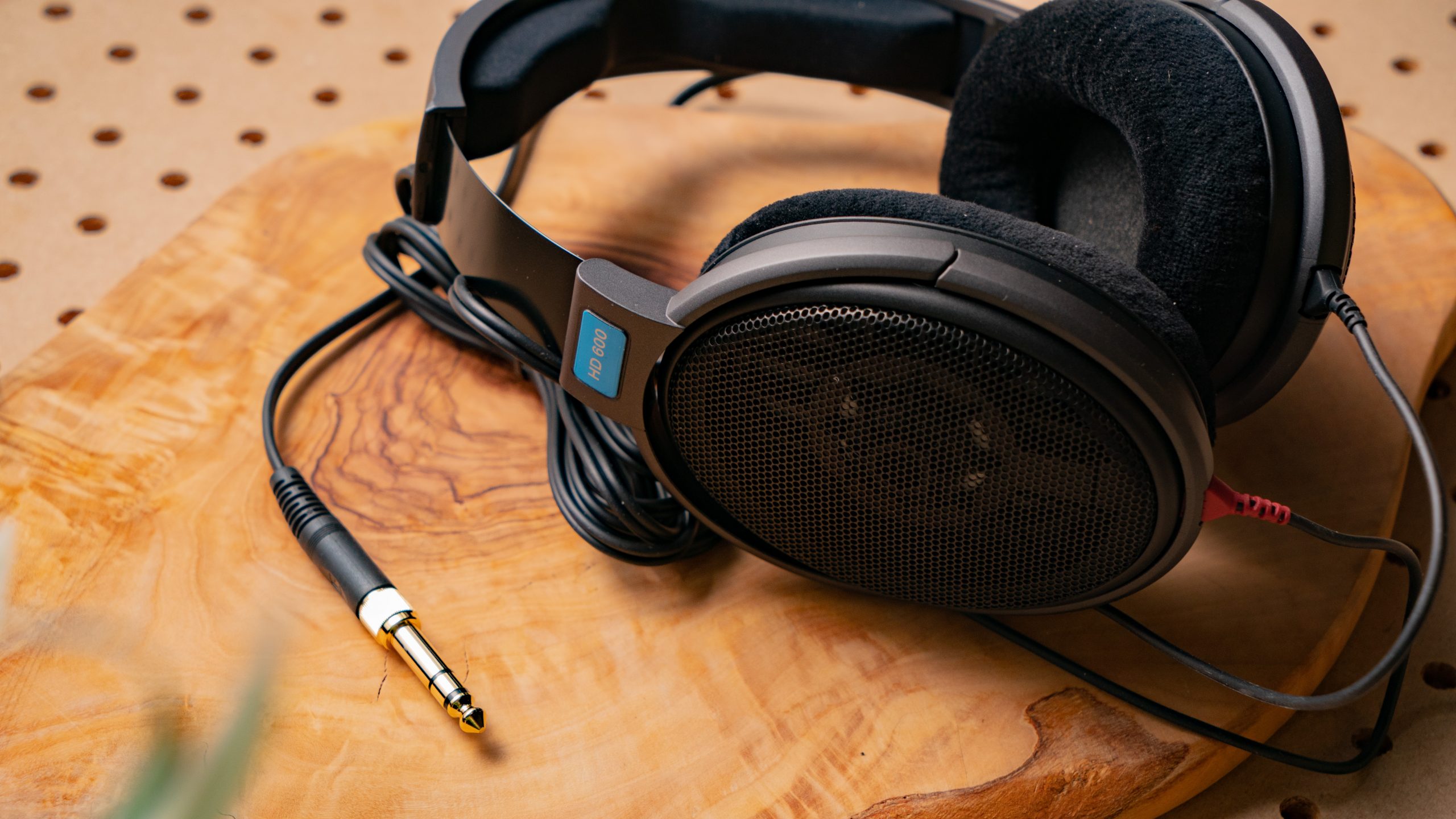
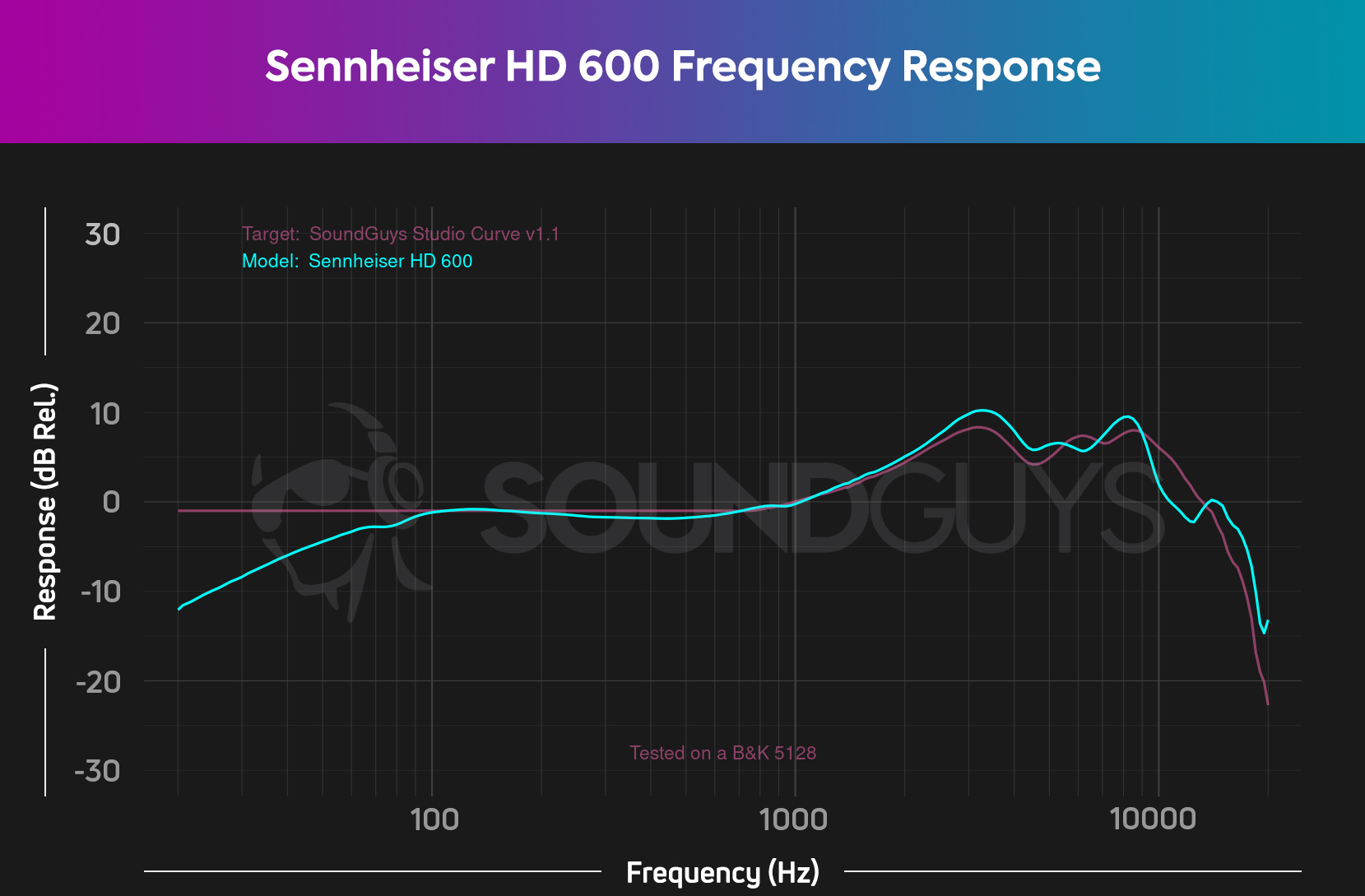
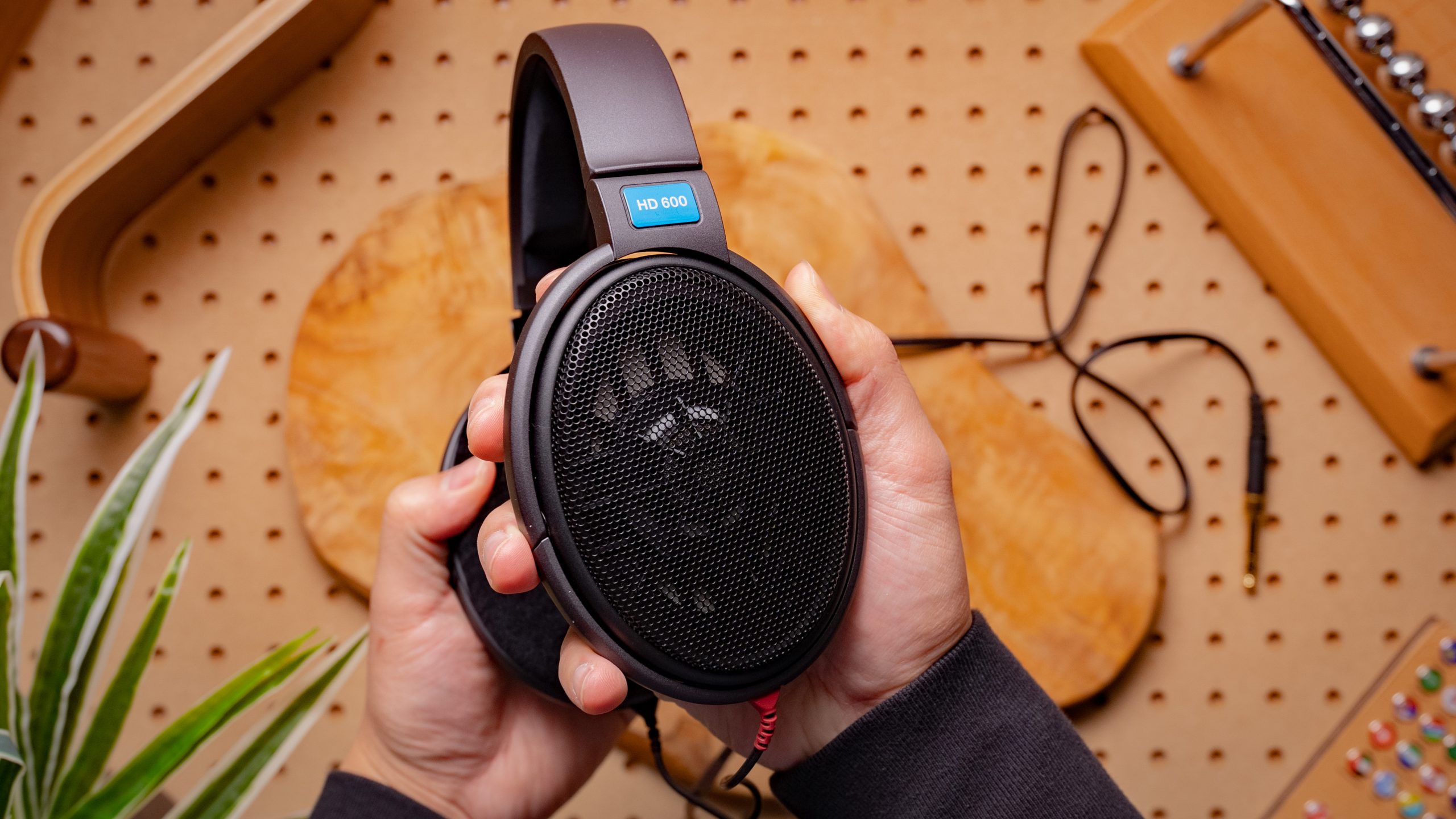
.jpg?X-Amz-Content-Sha256=UNSIGNED-PAYLOAD&X-Amz-Algorithm=AWS4-HMAC-SHA256&X-Amz-Credential=XSKNWXBO6X4FQX75L363%2F20230627%2Fnyc3%2Fs3%2Faws4_request&X-Amz-Date=20230627T110121Z&X-Amz-SignedHeaders=host&X-Amz-Expires=3600&X-Amz-Signature=b55f72ce77d949834eeb5edddf58843104e409196182d22eb232f9e400144acf)
